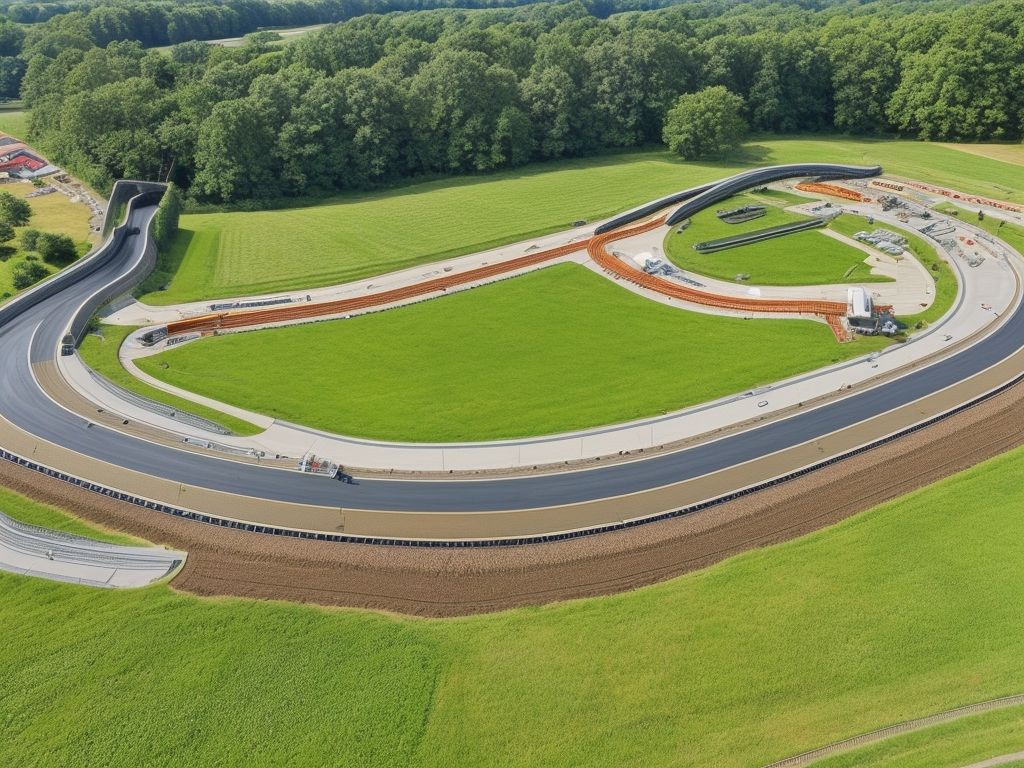Foot traffic refers to the movement of people in a particular area, such as stores, malls, or public spaces. It is an important aspect to consider for businesses in the retail industry, as it directly impacts sales and customer experience. The role of shoes and clothing in foot traffic is crucial, as they play a significant role in attracting and retaining customers.
Shoes have a direct impact on foot traffic, as they can either provide comfort and support or cause discomfort and pain. The right pair of shoes can encourage customers to spend more time exploring and shopping, while uncomfortable shoes may deter them from staying or returning. Shoes that are stylish and fashionable can catch the attention of potential customers, increasing foot traffic to a store.
Similarly, clothing also affects foot traffic. Appropriate clothing for the occasion and season can attract customers, while uncomfortable or unsuitable outfits may discourage them from staying or engaging with a business. Comfort and mobility are important factors to consider when choosing clothing for foot traffic areas, as customers should feel at ease while browsing or moving around.
When selecting shoes for foot traffic areas, factors such as comfort and fit, quality and durability, and style and fashion should be taken into account. Similarly, considerations for clothing should include appropriateness for the occasion, comfort and mobility, seasonal considerations, and personal style.
The impact of foot traffic on shoes and clothing is evident in the wear and tear they experience. With a high volume of people walking and browsing, shoes may get scuffed, torn, or worn out, while clothing may get stained or discolored. Foot traffic can also lead to hygiene issues, such as unpleasant odors or the accumulation of dirt and debris.
To maintain shoes and clothing in high foot traffic areas, regular cleaning and maintenance are essential. Proper storage and organization can also help extend their lifespan, while prompt repair and restoration can address any damages or wear. By taking these measures, businesses can ensure that their shoes and clothing remain in good condition, attracting and retaining foot traffic.
Key takeaway:
- Foot Traffic refers to the flow of people in a particular area, especially in commercial spaces.
- Shoes are crucial for foot traffic as they impact comfort and safety, influencing the duration and frequency of people staying in an area.
- Clothing also plays a role in foot traffic, as people may be attracted or deterred by the attire worn by others.
What is Foot Traffic?
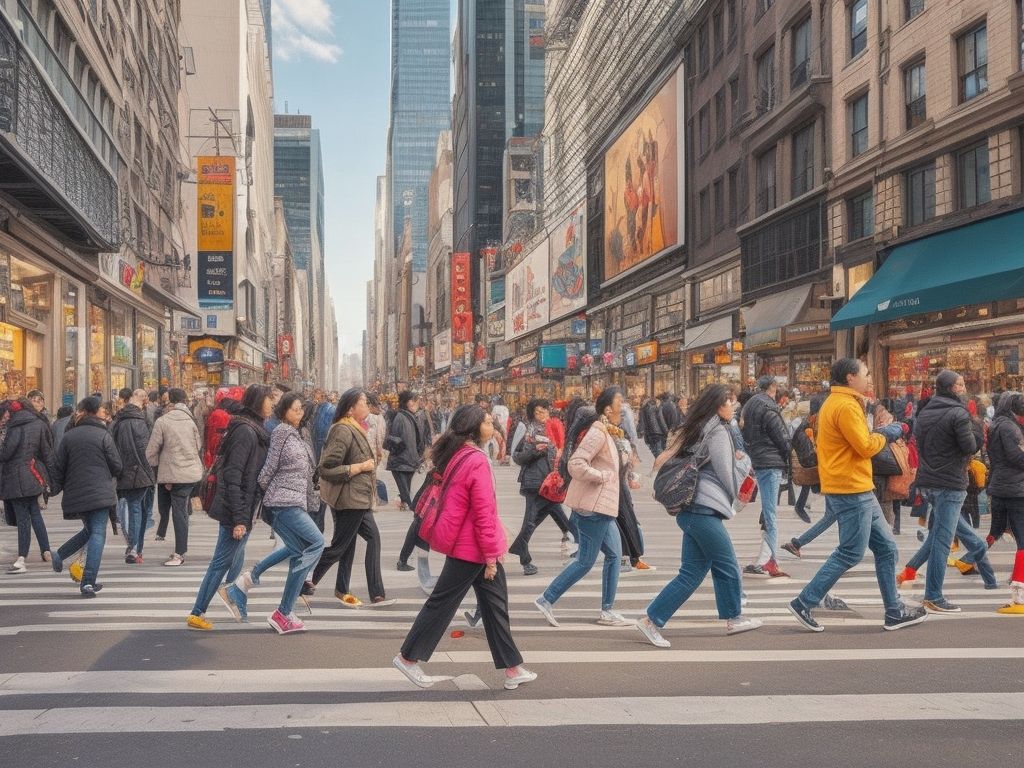
Photo Credits: Runningtrackresurfacing.Uk by Brandon Harris
Foot Traffic refers to the number of people who pass through or visit a specific location, like a retail store, shopping centre, or tourist attraction. It is a valuable measure for businesses to understand customer behaviour and assess the success of their location.
Several factors can impact foot traffic, including the location of the establishment, the surrounding area, and the attractiveness of the storefront. For example, a store situated in a busy shopping district with high visibility is likely to experience more foot traffic compared to a store in a remote location. Similarly, a store with an appealing and inviting storefront is more likely to attract customers.
Foot traffic is important for businesses as it directly correlates with potential sales and revenue. By analysing foot traffic patterns, businesses can identify peak hours and days, allowing them to allocate resources more effectively. For instance, a store can schedule more staff during busy periods to provide better customer service and enhance the shopping experience.
To boost foot traffic, businesses can implement strategies such as hosting promotional events, offering exclusive deals, or improving store displays to attract attention. Engaging with the local community through partnerships or sponsorships can help cultivate a loyal customer base and drive repeat visits.
Remember, foot traffic is a vital metric for businesses to monitor and optimise in order to drive success and growth.
Importance of Shoes and Clothing in Foot Traffic
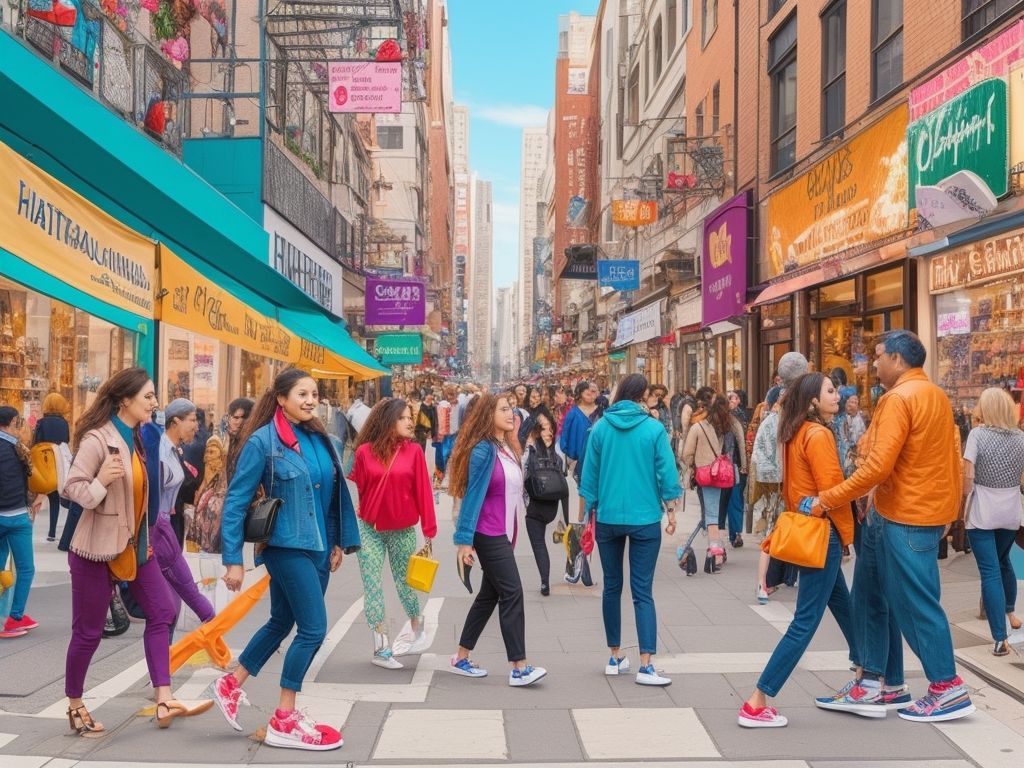
Photo Credits: Runningtrackresurfacing.Uk by Nathan Campbell
The choice of footwear and clothing plays a crucial role in foot traffic. We will explore how footwear affects foot traffic and the impact of clothing on the flow of people. Get ready to uncover fascinating insights into how shoes and clothing determine the patterns and dynamics of foot traffic. So, put on your most comfortable shoes and let’s delve into it!
How Shoes Impact Foot Traffic
When it comes to foot traffic, the impact of shoes cannot be underestimated. Here are some key ways in which shoes can impact foot traffic:
1. Providing comfort and support: Shoes that are properly fitted and offer sufficient cushioning and support can significantly enhance comfort while walking or standing for extended periods. This can have a direct impact on foot health and mobility.
2. Enhancing foot health and mobility: Wearing appropriate footwear that is designed for specific activities or conditions can help prevent foot problems such as blisters, calluses, and foot fatigue. Shoes with good arch support and shock absorption can also improve overall mobility.
3. Boosting confidence and professionalism: Shoes play a vital role in personal style and presentation. Choosing the right shoes for different foot traffic environments, whether it’s a formal office setting or casual outdoor event, can help create a positive impression and boost confidence.
4. Promoting safety: Shoes with non-slip soles and sturdy construction can provide better traction, reducing the risk of slips and falls in high foot traffic areas or on slippery surfaces.
5. Considering durability: When choosing shoes for foot traffic, it’s important to consider the quality and durability of the materials. High-quality shoes are less likely to wear out quickly, ensuring they can withstand the demands of frequent use.
To ensure the best impact of shoes on foot traffic, it’s essential to prioritize factors such as comfort, fit, quality, and style. By selecting shoes that meet these criteria, individuals can optimize their foot health, mobility, and overall experience while navigating different foot traffic environments.
Suggestions:
– Regularly assess the condition of your shoes to identify any signs of wear or damage.
– Invest in a variety of shoes for different occasions and environments to cater to specific foot traffic needs.
– Consider consulting a professional shoe fitter for expert advice on finding the right shoes for your feet.
– Don’t forget to prioritize your comfort and health when choosing shoes, as this will have a lasting impact on your foot traffic experience.
How Clothing Impacts Foot Traffic
Clothing has a significant impact on foot traffic by influencing personal style, presentation, and comfort levels. The choice of clothing can affect how individuals navigate and interact in various foot traffic environments.
1. Influence of clothing on personal style and presentation: The clothing we wear reflects our personal style and can contribute to the impression we make on others in foot traffic settings. Choosing appropriate and well-fitting clothing that aligns with our personal style can enhance our confidence and overall presence.
2. Considerations for choosing clothing suitable for different foot traffic environments: Different foot traffic environments require different types of clothing. For example, in professional settings, it is important to select attire that is appropriate and conveys a sense of professionalism. Conversely, in casual or recreational foot traffic environments, comfortable and practical clothing may be more suitable. Considering the specific requirements of the environment can ensure that clothing doesn’t hinder mobility or cause discomfort.
When selecting clothing for foot traffic, it is important to consider factors such as the occasion, comfort, mobility, seasonal considerations, and personal style. Choosing clothing that is suitable for the particular foot traffic environment can help individuals feel confident, comfortable, and ready to navigate their surroundings with ease.
To make the most of your clothing choices in foot traffic settings, ensure proper cleaning and maintenance. Employ proper cleaning techniques and routines to keep your clothing looking fresh and presentable. Storing and organizing your clothing properly can minimize damage and maximize its lifespan. Consider tips for repairing and restoring clothing to extend its usability.
The choice of clothing can have a significant impact on foot traffic experiences. By considering personal style, appropriateness for the occasion, comfort, and proper maintenance, individuals can enhance their overall foot traffic experience and make a positive impression.
Factors to Consider When Choosing Shoes for Foot Traffic
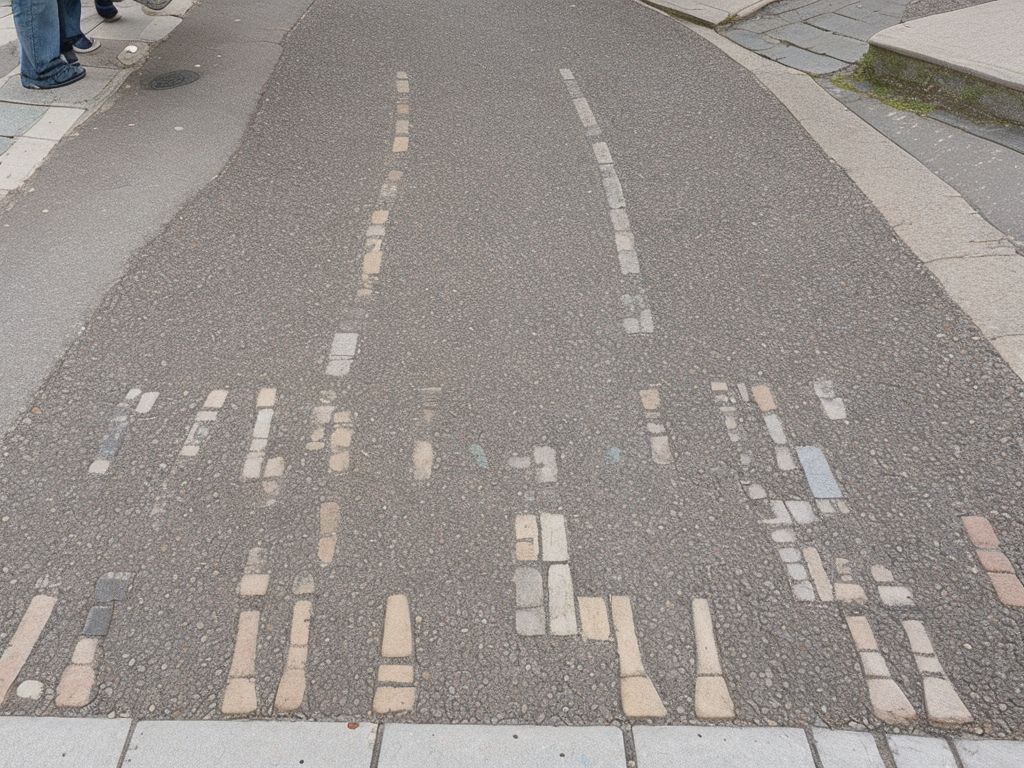
Photo Credits: Runningtrackresurfacing.Uk by Terry Thomas
Factors to Consider When Choosing Shoes for Foot Traffic
- Comfort: Prioritize comfort when selecting shoes for foot traffic. Look for shoes with cushioning and support to prevent discomfort and fatigue during long periods of walking or standing.
- Fit: Proper fit is crucial for foot health and comfort. Ensure that you try on shoes and walk around in them to ensure they fit well and provide enough room for your toes to move freely.
- Arch support: Take into consideration your arch type when selecting shoes. For those with low arches, look for shoes with good arch support to prevent overpronation. If you have high arches, choose shoes with extra cushioning to absorb shock.
- Traction: Shoes with good traction are essential for safety, particularly when walking on slippery surfaces. Look for shoes with durable and slip-resistant soles.
- Material: Consider the material of the shoes as it can impact comfort and durability. Choose breathable materials, such as leather or mesh, to help keep your feet cool and prevent excessive sweating.
Now, let’s delve into a true history related to foot traffic. In 1965, the first pedestrian-only street in the United Kingdom was established in the city of Norwich. The street, called Gentleman’s Walk, was a groundbreaking concept at the time, aimed at creating a safer and more pleasant experience for pedestrians. The success of Gentleman’s Walk paved the way for other towns and cities in the UK to introduce pedestrian-only areas, reducing traffic congestion and creating vibrant spaces for people to walk, shop, and socialize. Today, pedestrian zones are a common feature in many cities around the world, allowing people to navigate urban areas on foot without the worry of vehicular traffic. This historical development highlights the importance of foot traffic and the need for comfortable and appropriate footwear when navigating pedestrian-only areas.
Factors to Consider When Choosing Clothing for Foot Traffic
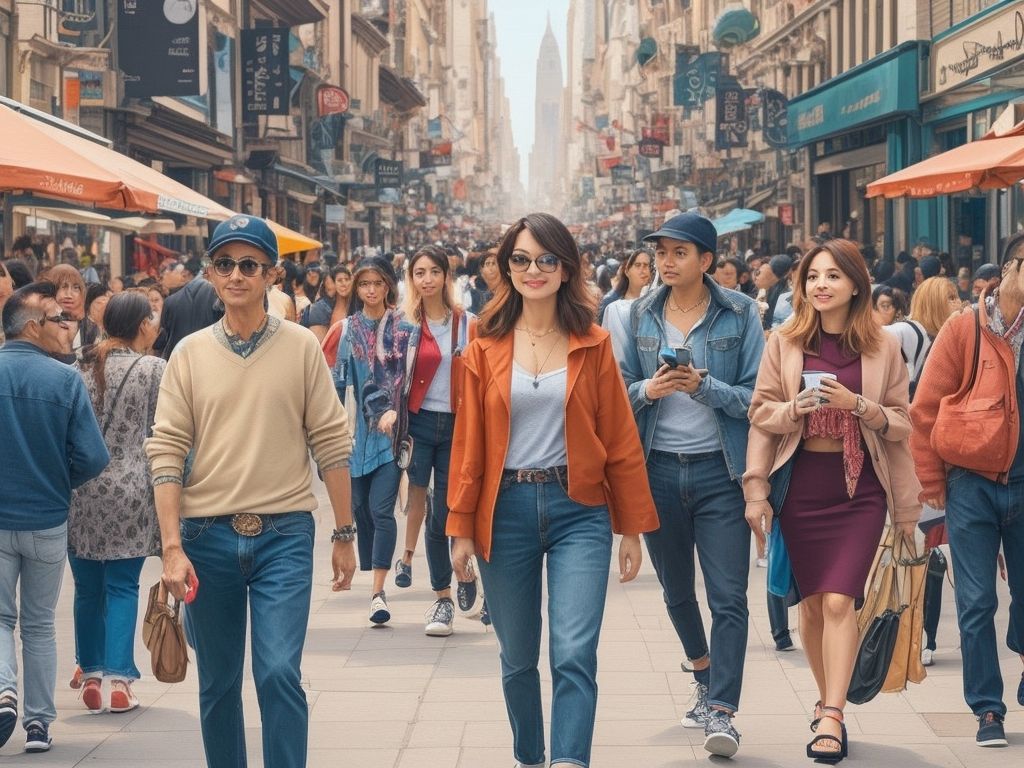
Photo Credits: Runningtrackresurfacing.Uk by George Carter
Factors to Consider When Choosing Clothing for Foot Traffic
- Comfort: Clothing that is comfortable to wear is essential. Look for garments made from breathable fabrics that allow for ease of movement and reduce the risk of chafing or irritation.
- Quality: Opt for clothing made from durable materials and well-constructed. This will ensure that the garments can withstand wear and tear and last for a long time.
- Fit: The clothing should fit properly to provide optimal comfort and functionality. Avoid garments that are too tight or too loose, as they can restrict movement or cause discomfort.
- Functionality: Consider the specific activities and conditions that the clothing will be used in. For example, if you will be walking for long periods or in different weather conditions, choose clothing suitable for those situations, such as moisture-wicking fabrics or layers for temperature control.
- Style: While functionality is important, it is also essential to consider your personal style and preferences. Choose clothing that makes you feel confident and reflects your individual taste.
Based on these factors, here are some suggestions for clothing suitable for foot traffic:
- A pair of well-fitting, comfortable walking shoes with good support.
- Breathable socks made from moisture-wicking materials to keep your feet dry.
- Lightweight and moisture-wicking tops, such as t-shirts or tank tops, to keep you cool during physical activity.
- Flexible and durable pants or shorts that allow for freedom of movement.
- A lightweight and waterproof jacket for protection against unexpected weather changes.
Impact of Foot Traffic on Shoes and Clothing
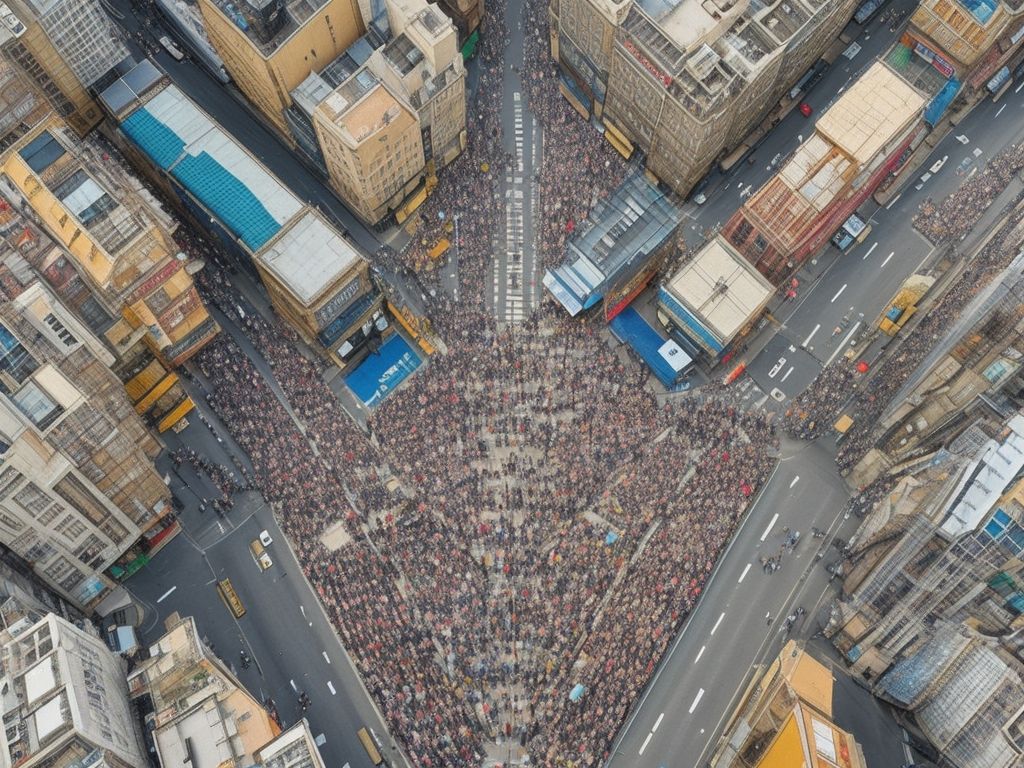
Photo Credits: Runningtrackresurfacing.Uk by Nicholas Jackson
The Impact of Foot Traffic on Shoes and Clothing
The foot traffic we encounter every day can have a significant impact on our shoes and clothing. Our beloved garments are subject to wear and tear, stains, discoloration, and even odors as we go about our daily journeys. In this section, we will explore the effects of foot traffic on our wardrobe, including the challenges of maintaining hygiene and combating unwanted odors. Get ready to discover how our trusty shoes and clothing endure the trials of our daily adventures.
Wear and Tear
Wear and tear is an inevitable consequence of foot traffic and can affect both shoes and clothing. It is important to consider the impact of wear and tear when choosing footwear and clothing for high foot traffic areas.
- Effects of frequent use and contact with various surfaces: With constant walking and movement, shoes and clothing experience wear and tear. The soles of shoes may wear down, and the fabric of clothing may start to show signs of fraying or thinning. The level of wear and tear depends on the quality and durability of the items.
- How foot traffic can lead to dirt and stains on shoes and clothing: As shoes and clothing come into contact with different surfaces, they are prone to picking up dirt and stains. Shoes may accumulate mud or dust, while clothing may get stained from spills or contact with dirty surfaces.
- The potential for odour and hygiene issues in high foot traffic areas: In areas with high foot traffic, such as crowded public spaces or gyms, shoes and clothing may be exposed to sweat and bacteria. This can lead to unpleasant odours and potential hygiene issues if not properly cared for.
Pro-tip: To minimise wear and tear, regularly inspect shoes and clothing for any signs of damage and address repairs promptly. Cleaning shoes and clothing regularly can help remove dirt and stains, while proper storage and organisation can prevent unnecessary wear. Using protective sprays or treatments on shoes and stain-resistant fabric for clothing can help mitigate some of the effects of wear and tear.
Stain and Discoloration
Stain and discoloration can be a common issue for shoes and clothing in areas with high foot traffic. Here are some factors to consider and tips to prevent and manage stains:
- Material: Choose shoes and clothing made from stain-resistant materials such as leather, synthetic fabrics, or treated fabrics. These materials are less likely to absorb stains and are easier to clean.
- Colour: Opt for darker colours or patterns that can help disguise minor stains and discolouration. Light-coloured items are more susceptible to visible stains.
- Protective sprays: Apply a stain and water repellent spray on your shoes and clothing to create a protective barrier against stains. Follow the manufacturer’s instructions for application.
- Regular cleaning: Promptly clean any stains or dirt on your shoes and clothing to prevent them from setting in. Use appropriate cleaning methods based on the material to avoid damaging the fabric.
- Spot treatment: If a stain occurs, act quickly by using a stain remover or mild soap and water. Gently blot the stain with a clean cloth, starting from the outer edges towards the centre, to avoid spreading the stain further.
- Professional cleaning: For stubborn stains or delicate fabrics, consider taking your shoes and clothing to a professional cleaner who specialises in stain removal. They have the expertise to treat different types of stains effectively.
Pro-tip: To minimise the risk of stains and discolouration, it’s essential to practice regular maintenance and cleaning routines for your shoes and clothing. By being proactive and taking preventive measures, you can keep your footwear and garments looking fresh and stain-free even in areas with high foot traffic.
Odor and Hygiene
Odor and hygiene are important considerations when it comes to foot traffic. High foot traffic areas, such as crowded streets, public transportation, and busy venues, can lead to potential odor and hygiene issues. To address these concerns, here are a few things to keep in mind:
- Choose shoes that allow your feet to breathe and prevent moisture buildup. Good ventilation reduces the risk of odor-causing bacteria multiplying. Consider using anti-bacterial or deodorizing insoles to further mitigate odor.
- Wear clean and breathable socks made from natural fibers, such as cotton or bamboo. These materials help absorb moisture and reduce the chances of unpleasant odors.
- Maintain personal hygiene by regularly washing your feet with antibacterial soap, especially if you tend to sweat excessively. Dry your feet thoroughly before putting on shoes and consider using foot powders or sprays to keep them dry throughout the day.
- After each use, allow your shoes and clothing to air out and dry properly. This prevents the accumulation of moisture and helps eliminate any odor. Consider using shoe deodorizers or placing baking soda inside your shoes overnight to absorb odors.
- Consider using foot sprays or antiperspirants specifically designed to combat foot odor. These products can help control perspiration and keep your feet smelling fresh throughout the day.
- Clean your shoes and clothing regularly to remove any dirt or stains that may contribute to odor. Follow manufacturer guidelines for the appropriate cleaning methods.
By following these suggestions, you can keep your shoes and clothing fresh and odor-free, even in high foot traffic areas.
How to Maintain Shoes and Clothing in High Foot Traffic Areas
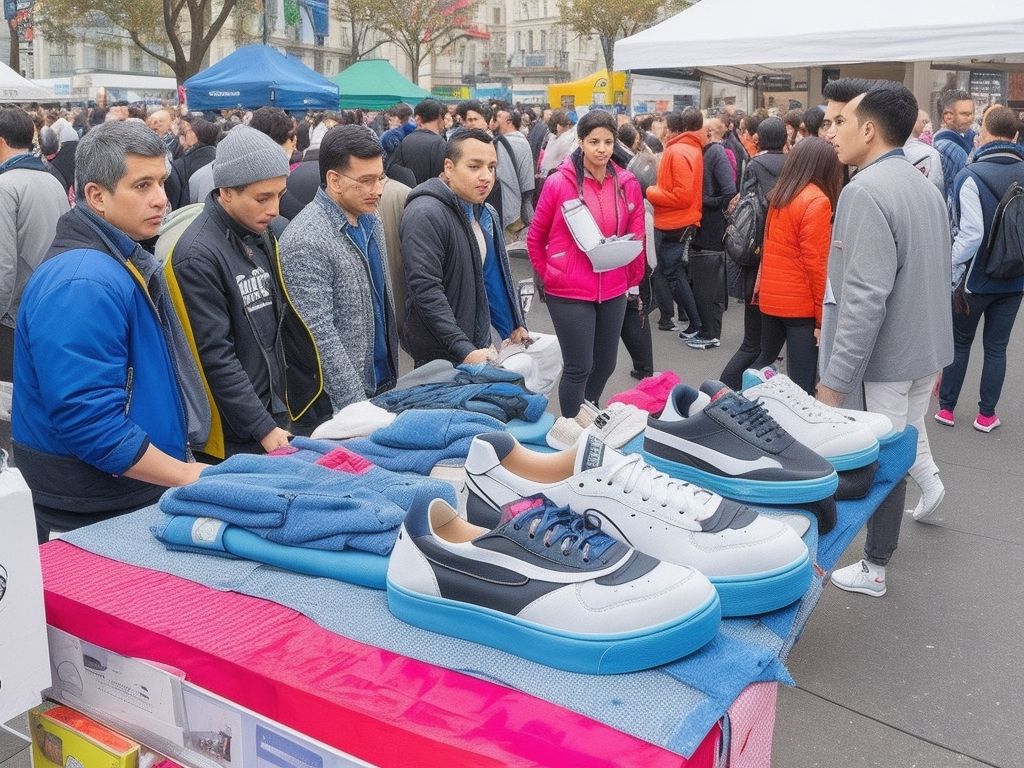
Photo Credits: Runningtrackresurfacing.Uk by Nathan Taylor
When it comes to navigating areas with a lot of people walking, it can be difficult to keep our shoes and clothing in good condition. But don’t worry, because we have the ultimate guide to help you maintain your wardrobe in busy areas. In this section, we will discuss techniques to ensure that your shoes and clothing last a long time. From regular cleaning and maintenance to proper storage and organization, as well as repair and restoration, we have everything covered. Prepare yourself to overcome the chaos with these practical tips!
Regular Cleaning and Maintenance
Regular cleaning and maintenance is crucial for keeping your shoes and clothing in good condition, particularly in areas with high foot traffic. Here are some steps to follow:
- Remove any loose dirt or debris from the shoes and clothing using a brush or cloth.
- For shoes, create a soapy solution by mixing a small amount of mild detergent with water. Gently scrub the exterior of the shoes using a soft brush or cloth.
- For clothing, check the care instructions and wash them according to the recommended method.
- For both shoes and clothing, pay attention to any stains or spots. Use suitable stain removers or spot cleaners to tackle the stains.
- Allow the shoes and clothing to air dry completely before storing them.
- Check the shoes and clothing for any damages or signs of wear and tear. Repair any small damages immediately to prevent further deterioration.
Pro-tip: To reduce the need for frequent cleaning, consider using protective sprays or coatings on your shoes and clothing. These can help repel dirt and stains, making them easier to clean and maintain in the long run.
Proper Storage and Organization
Proper storage and organisation are crucial for maintaining the lifespan and condition of shoes and clothing in areas with a high volume of foot traffic. Here are some important considerations:
- Invest in shoe racks or shelves to keep shoes organised and off the floor. This helps prevent unnecessary wear and tear and reduces the risk of tripping hazards.
- Store shoes in a cool and dry place to prevent moisture buildup, which can lead to mould and unpleasant odours. Avoid storing them near sources of heat or in direct sunlight.
- Use shoe boxes or clear plastic containers to protect shoes from dust and dirt. Label the boxes for easy identification.
- Clothing should be hung or folded neatly to prevent wrinkles and maintain their shape. Use sturdy hangers to avoid stretching or damaging delicate fabrics.
- Organise clothing by type and occasion to make it easier to find what you need. Separate everyday items from special occasion attire.
- Consider using dividers or drawer organisers to keep smaller items, such as socks or accessories, in order.
- Regularly declutter your wardrobe by removing items that are no longer worn or in good condition. This frees up space and makes it easier to find what you need.
- Keep a shoe cleaning kit handy for regular maintenance. Clean shoes after each use to remove dirt and stains, and apply suitable products for protection.
- Rotate your shoes to prevent excessive wear on specific pairs. This allows them to rest and regain their shape.
- Regularly inspect your clothing and shoes for any signs of damage or wear. Address any issues promptly to prevent further deterioration.
By implementing proper storage and organisation techniques, you can prolong the life of your shoes and clothing in areas with high foot traffic and ensure they remain in good condition.
Repair and Restoration
When it comes to repairing and restoring shoes and clothing in areas with high foot traffic, there are several important factors to consider:
- Assess the damage: Before starting any repairs, carefully evaluate the extent of the damage to determine the appropriate restoration techniques.
- Clean and prepare: Begin by properly cleaning the shoes or clothing item. Remove any dirt or stains using suitable cleaning products and techniques.
- Repair tears and rips: If there are any tears or rips in the material, carefully mend them using appropriate repair methods. This may involve stitching, patching, or gluing, depending on the type of damage.
- Replace worn-out parts: In some instances, certain parts of the shoes or clothing may be severely worn out and need replacement. This could include soles, heel caps, buttons, or zippers. Ensure that the replacements are of good quality and suitable for the item.
- Address discoloration: Foot traffic often leads to stains and discoloration on shoes and clothing. Use appropriate cleaning and restoration techniques to restore the original colour as much as possible.
- Improve structural integrity: Strengthen the shoes or clothing item to enhance its durability and longevity. This may involve reinforcing weak areas or adding supportive materials.
- Restore appearance: Focus on restoring the overall appearance of the shoes or clothing item. This may involve polishing shoes, ironing clothes, or reshaping garments to remove any wrinkles or creases.
By following these steps for repair and restoration, you can prolong the usability of your shoes and clothing in areas with high foot traffic, ensuring that they remain in good condition and ready for continued use.
Some Facts About Foot Traffic:
- ✅ Foot traffic refers to the number of people walking in a particular area or establishment. (Source: Oxford Languages)
- ✅ Foot traffic is commonly used as a metric to measure the success of a retail or commercial business. (Source: Business.com)
- ✅ The flow of foot traffic can be influenced by various factors such as location, visibility, and surrounding amenities. (Source: Small Business Trends)
- ✅ High foot traffic areas are often targeted by advertisers and marketers to increase brand exposure and sales. (Source: Marketing Land)
- ✅ Retailers use strategies like visual merchandising and store layout optimization to attract and guide foot traffic within their stores. (Source: Vend)
Frequently Asked Questions
What is foot traffic?
Foot traffic refers to the number of people walking or moving around in a particular area, such as a street, mall, or store.
How does a red light affect foot traffic?
A red light can temporarily stop foot traffic as pedestrians are required to wait for the signal to change before continuing to walk.
What does the lower edge of a sail have to do with foot traffic?
The lower edge of a sail, known as the foot, is not directly related to foot traffic. However, it can affect the movement of vessels, which may indirectly impact foot traffic near bodies of water.
Can a sewing machine be related to foot traffic?
While a sewing machine itself may not be directly related to foot traffic, it can be used in the production of items like clothing and textiles, which can attract people to stores and potentially increase foot traffic.
What does it mean to go on foot?
To go on foot means to travel or move by walking instead of using other means of transportation, such as a car or bike.
How can gaining footing be relevant to foot traffic?
Gaining footing can refer to establishing a solid position or foundation. In the context of foot traffic, it may mean finding ways to attract more people and increase the flow of pedestrians in a particular area.
Here are some other informative articles about athletics track debt in the UK:
- American Sports Builders Association: Advancing Sports Development in the UK
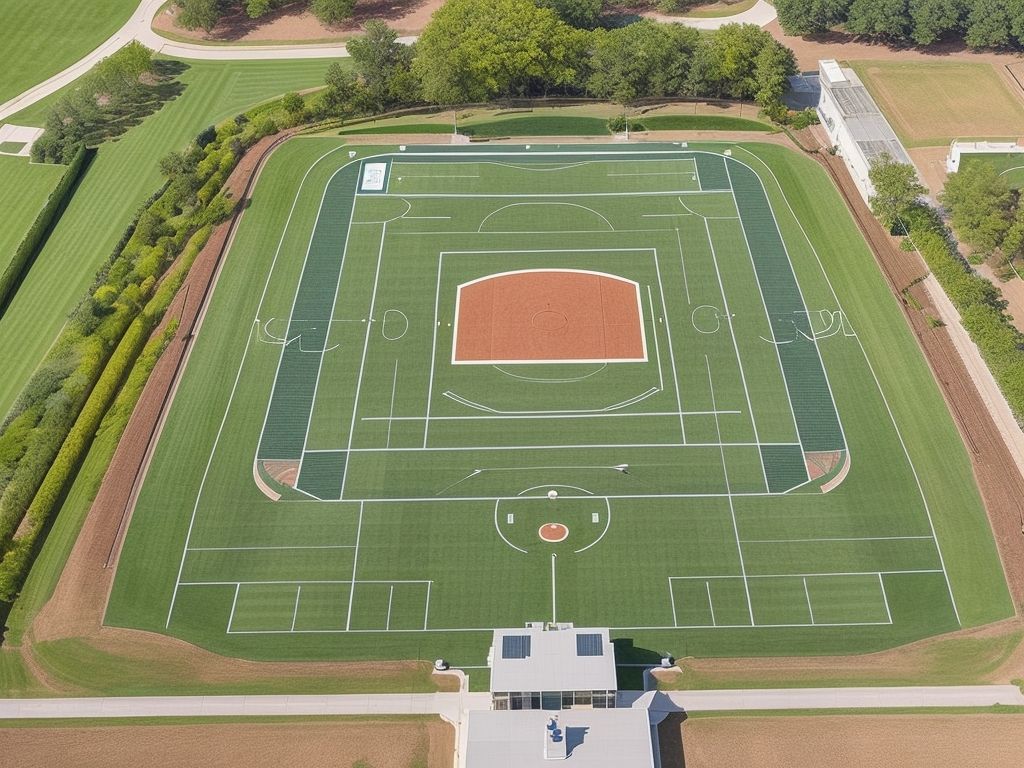
- Boost Your Fitness with Fit4thefuture Training Camps – Enhance Your Future Health
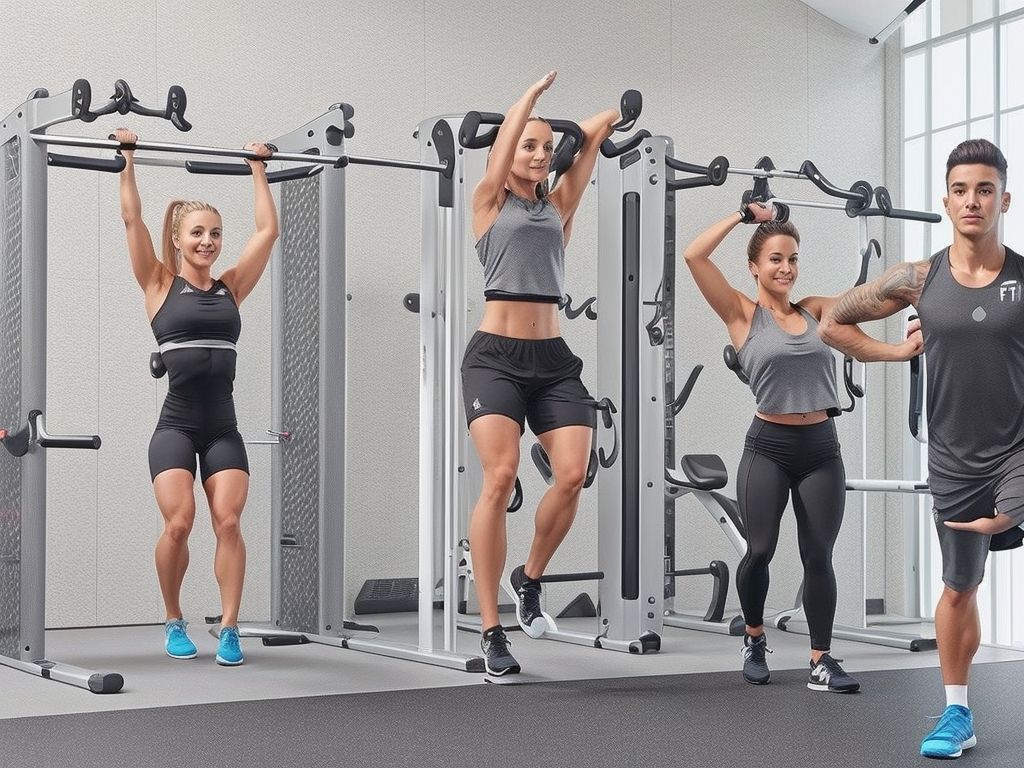
- Boost Your Fitness with Fit4thefuture Training Camps in EnglishUK Language
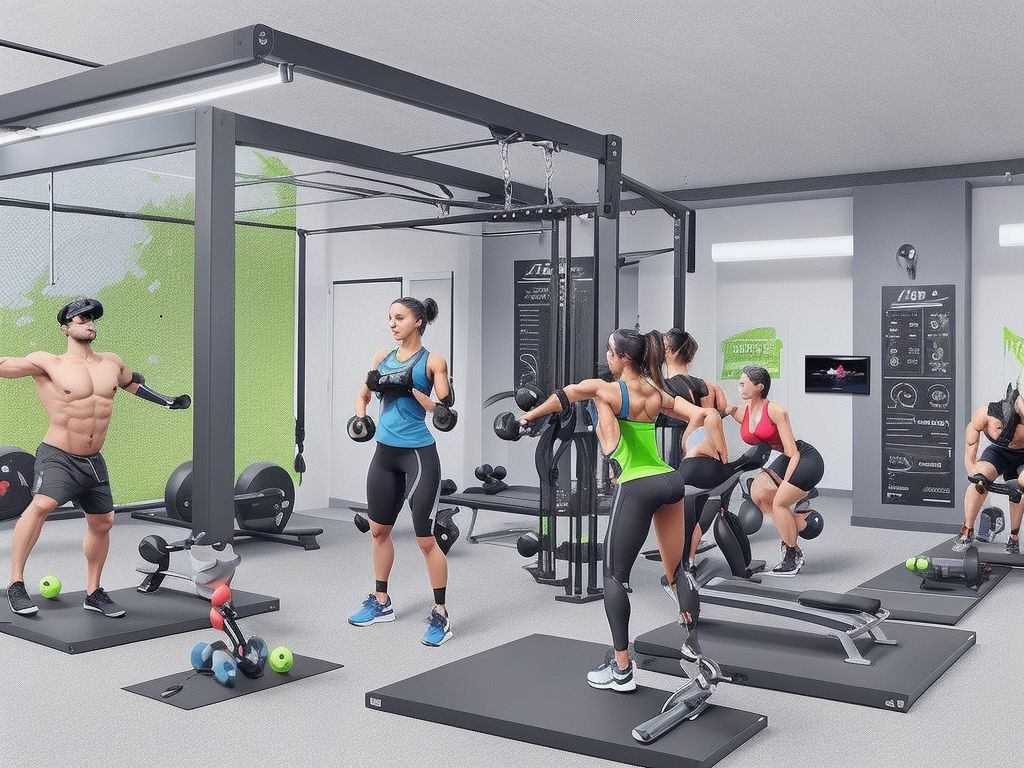
- Boost Your Style and Comfort with Foot Traffic’s Trendy Shoes & Clothing in EnglishUK
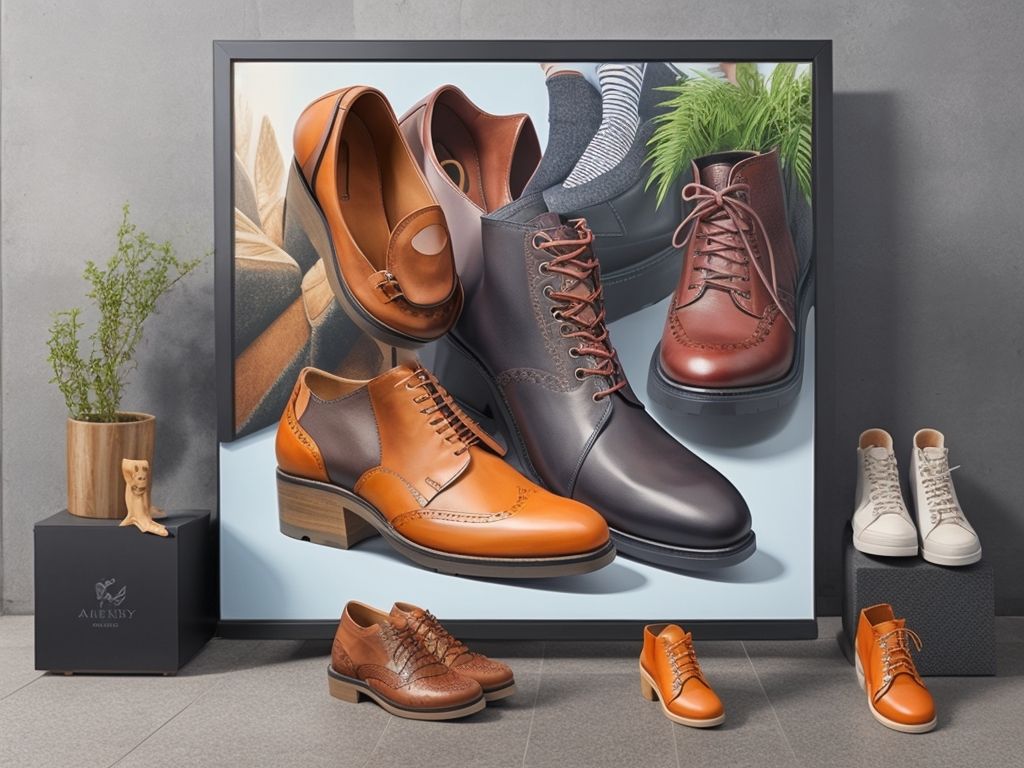
- Boost Your Style with Foot Traffic – Find the Perfect Shoes & Clothing in EnglishUK Language
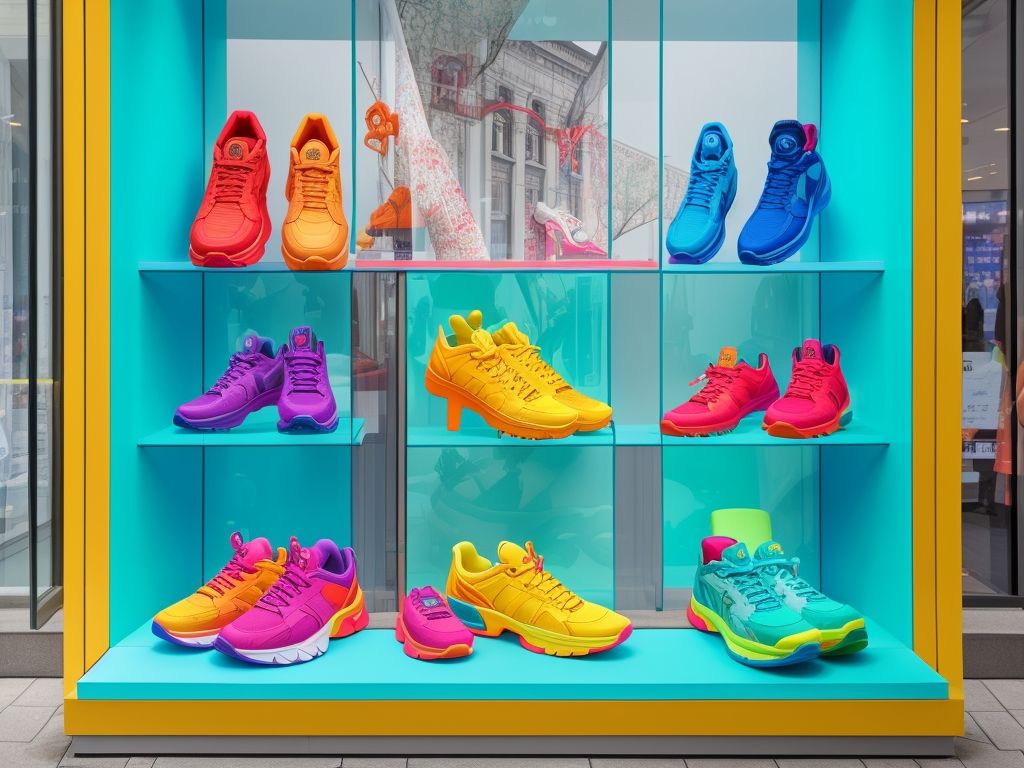
- Conica Technik AG: Leading Conipur Track Surface Manufacturer in UK
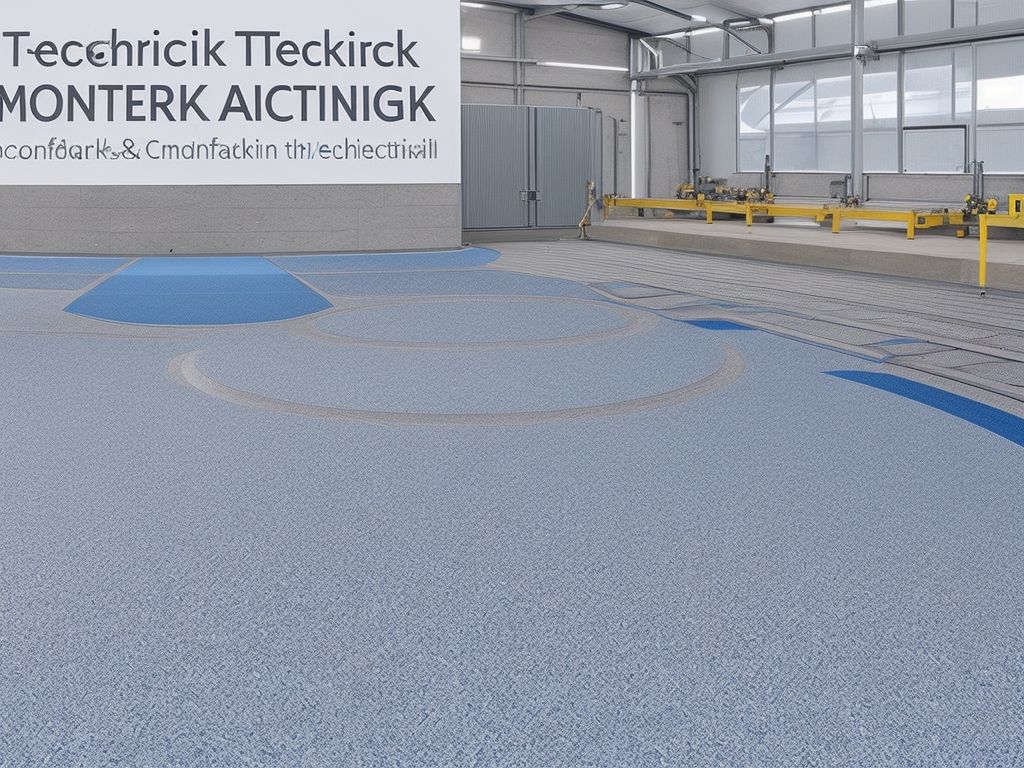
- Discover the American Sports Builders Association – Leading Experts in Sports Facility Construction
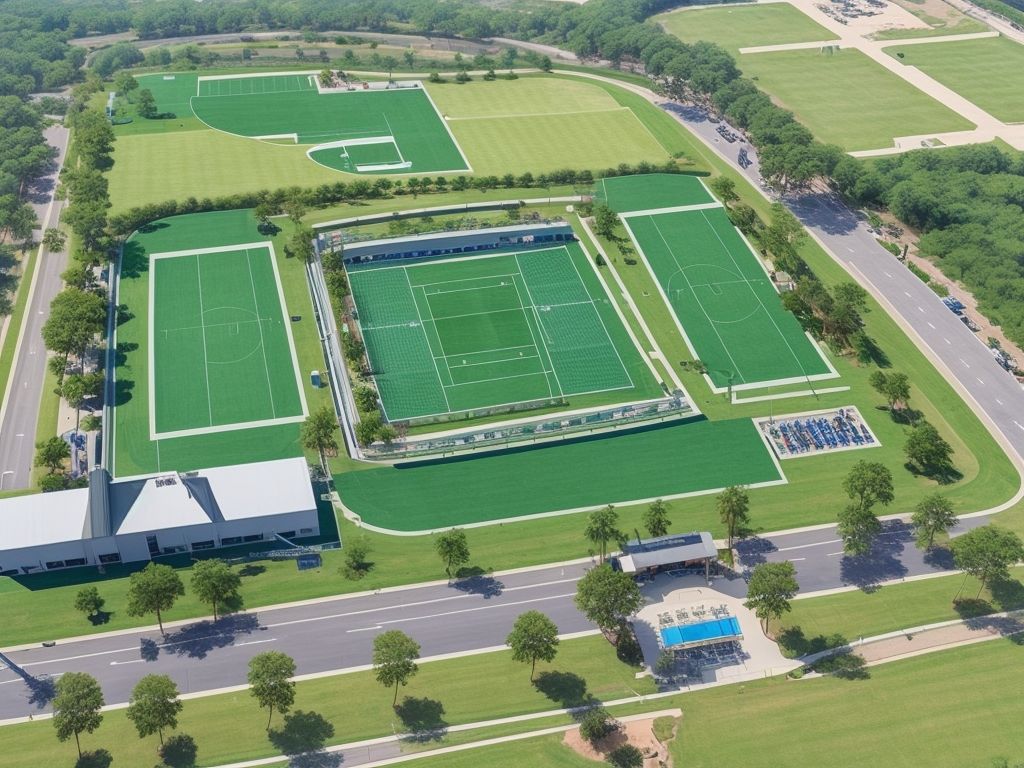
- Discover the Perfect Timing Clocks from Contarnex Europe Limited – English UK Language
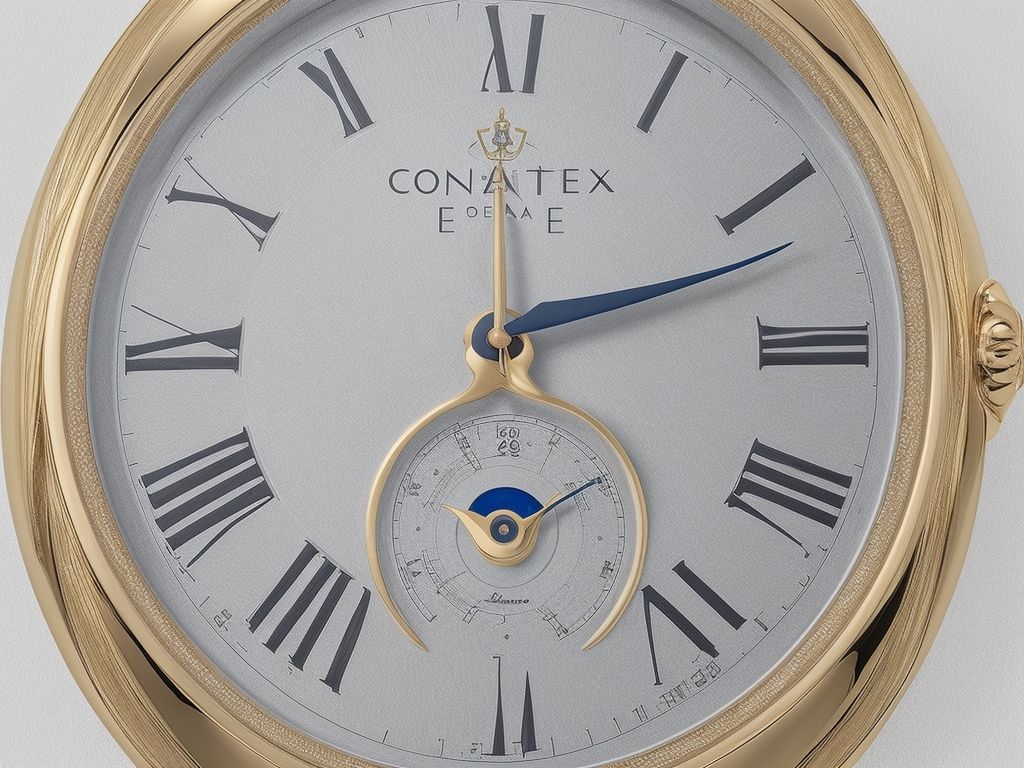
- En-Tout-Cas Sports Surfaces: Expert Track Construction & Equipment
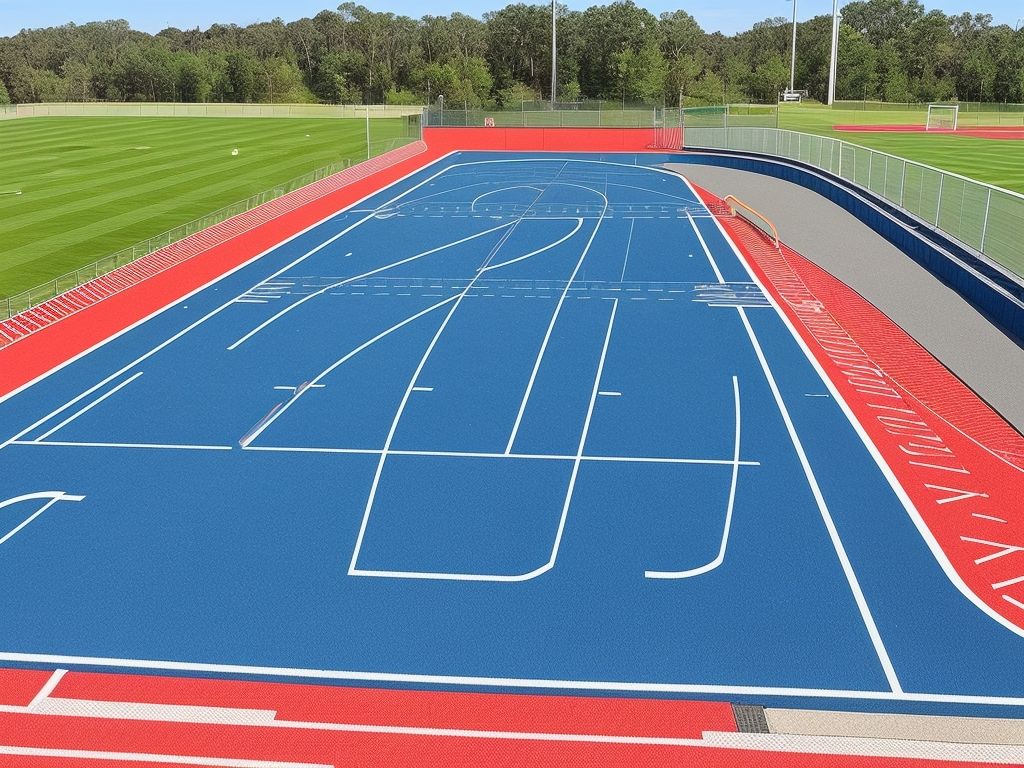
- En-Tout-Cas Sports Surfaces: Track Construction & Equipment in EnglishUK
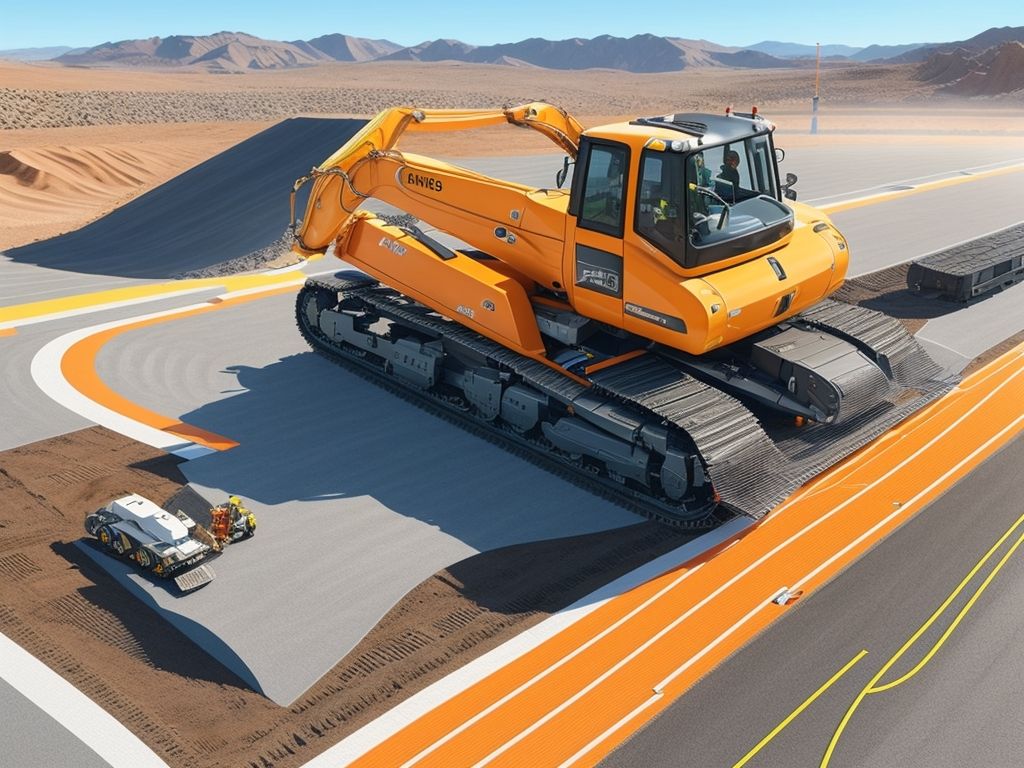
- Enhance Athletic Field Performance with Eagle Coatings UK Track Marking Paint
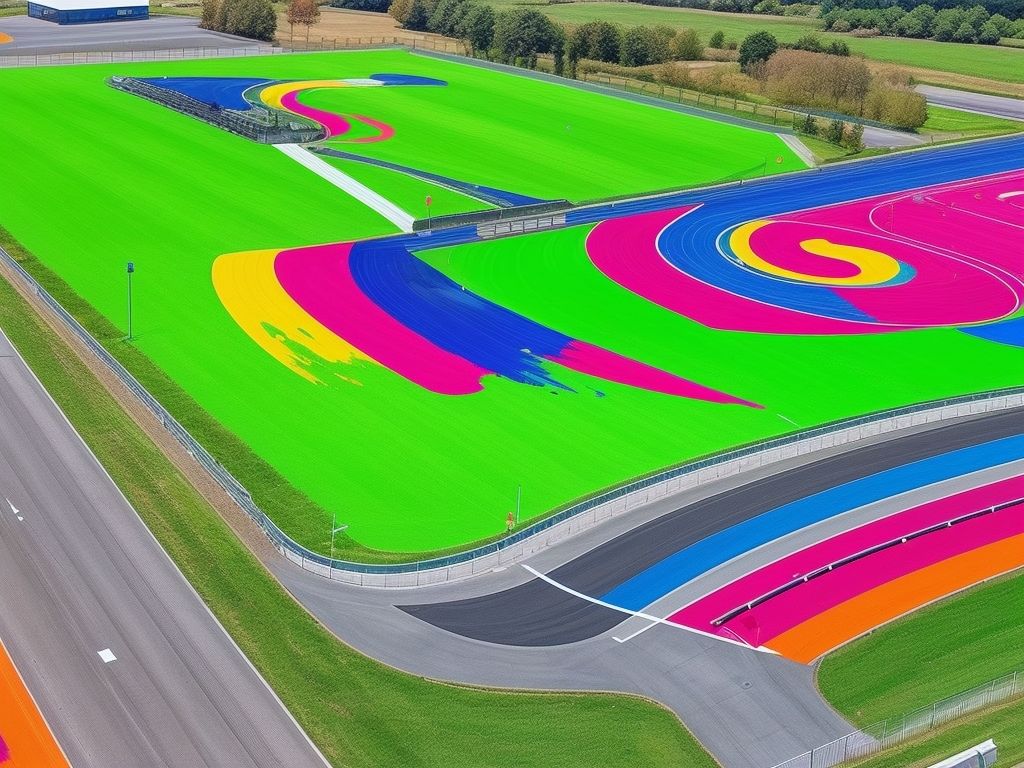
- Enhance Efficiency with Computomarx for Accurate Track Marking Calculations
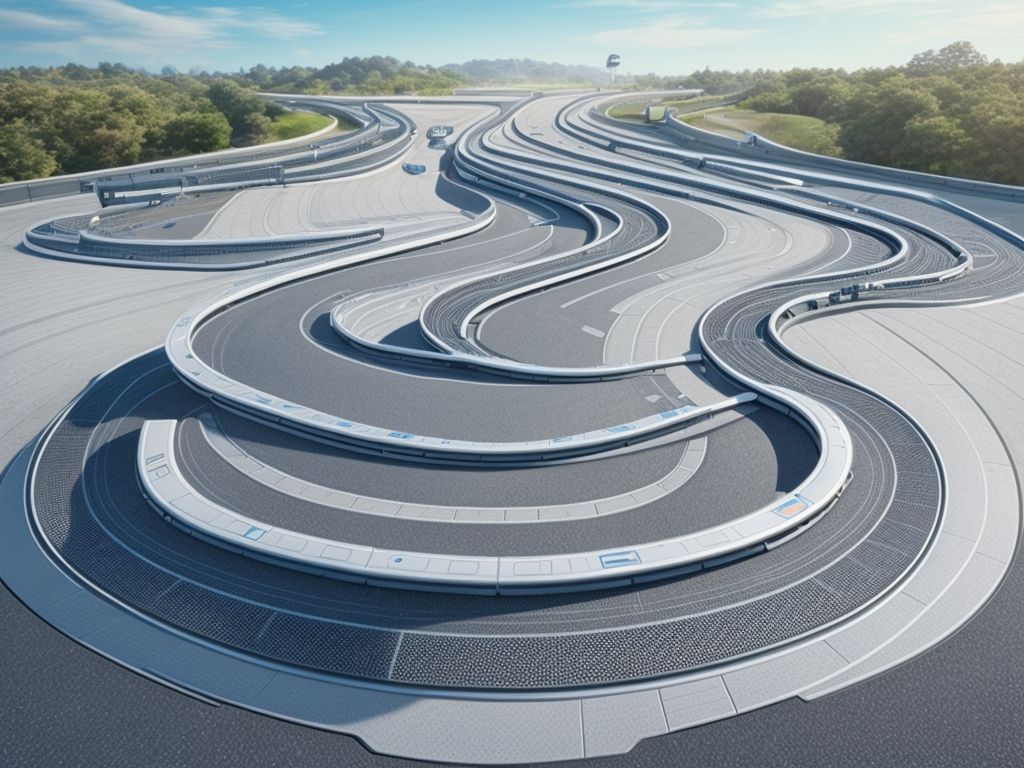
- Enhance Performance with Conica Technik’s Conipur Track Surface – UK
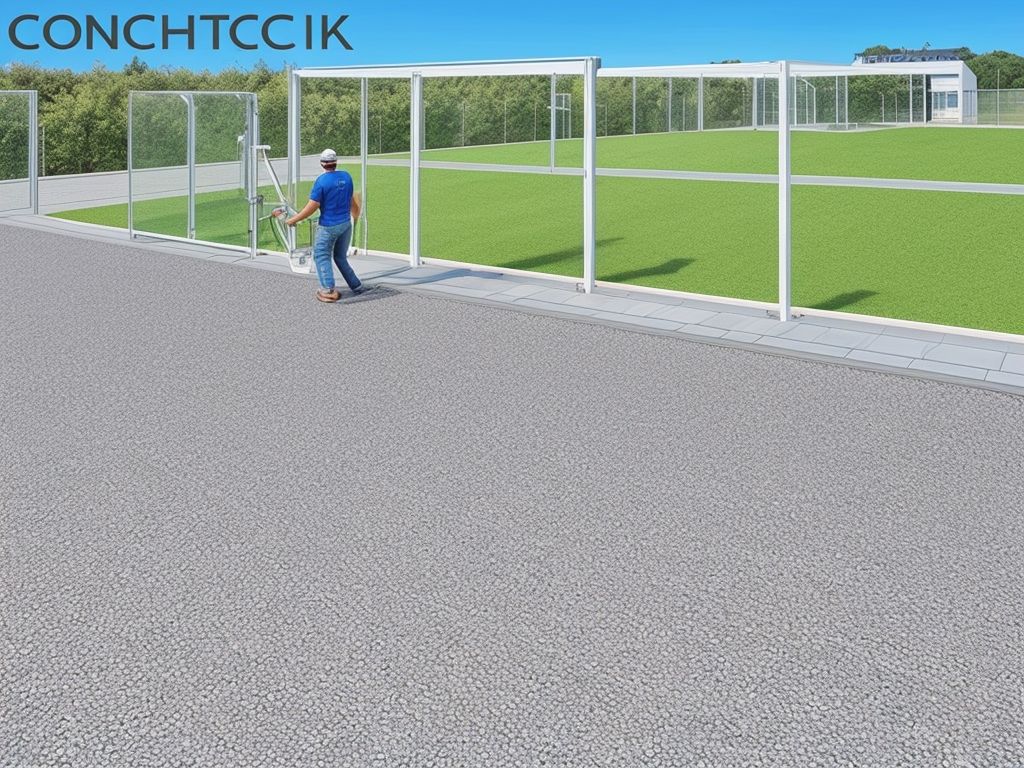
- Enhance Sports Grounds with Top-Quality Eagle Coatings UK Track Marking Paint
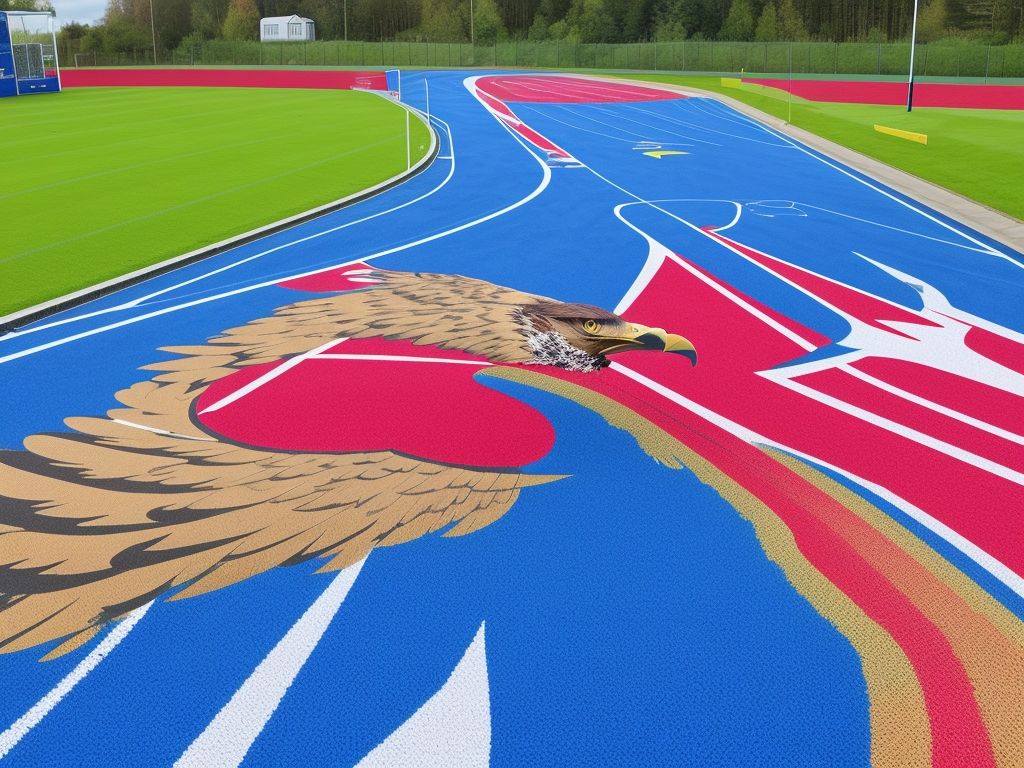
- Enhance Your Track with Athletic Markings Limited’s Expert Track Marking Services
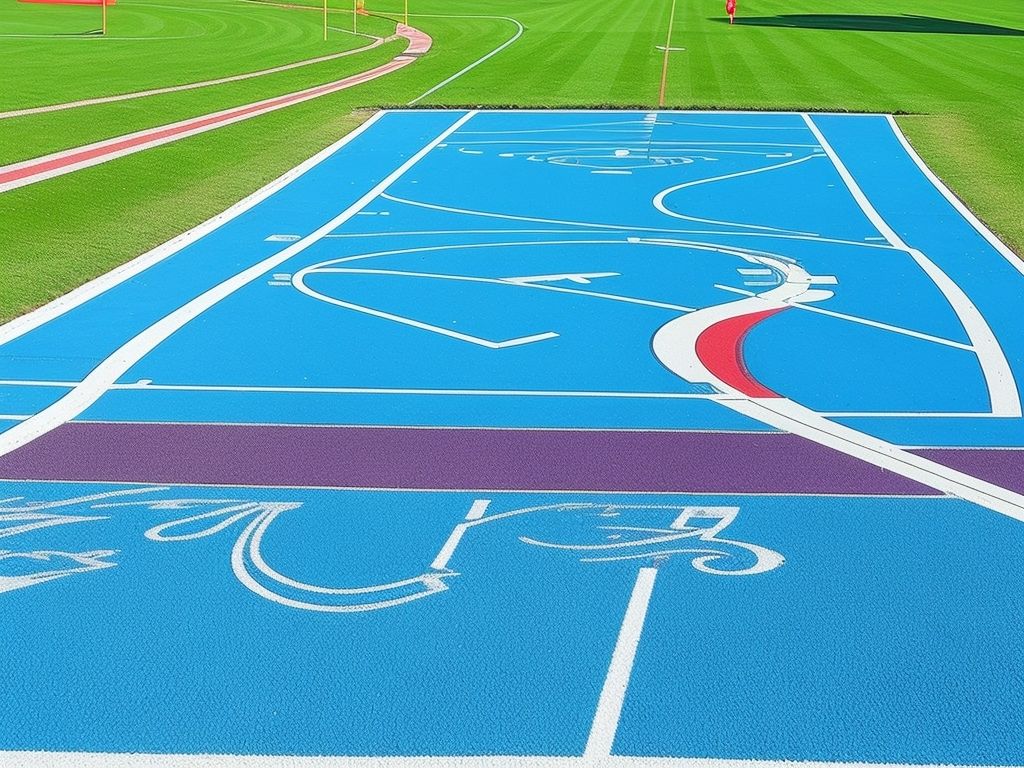
- Expert Guide to Fox Sports Surfaces: Construction Techniques and Pro Tips
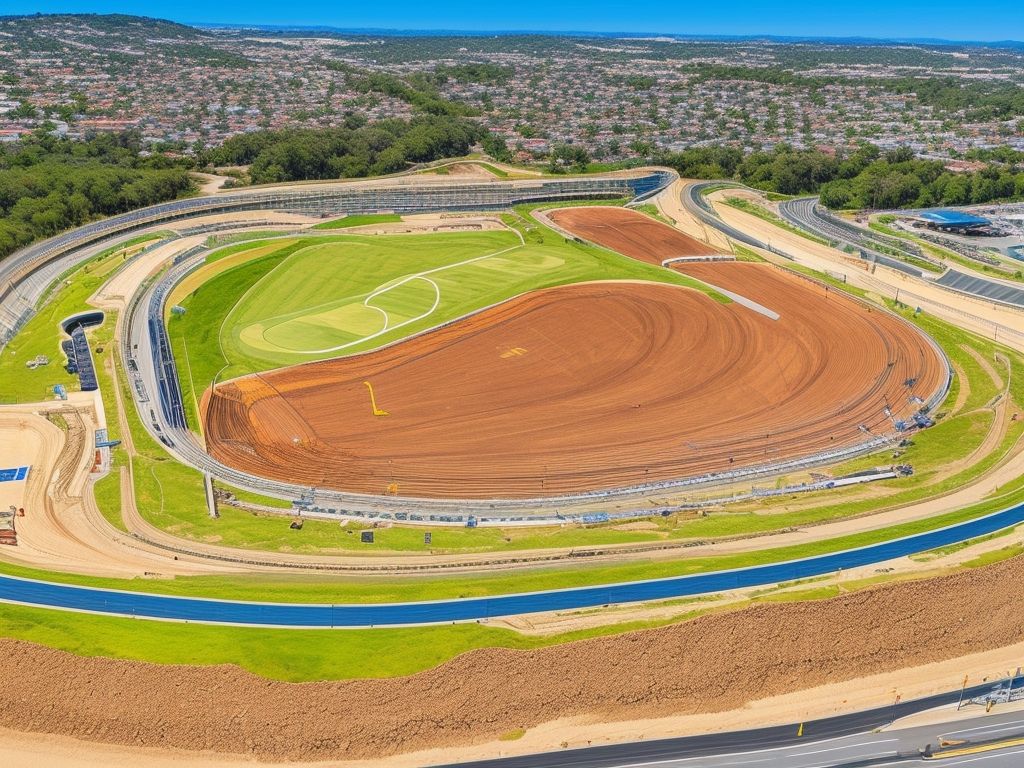
- Expert Track Construction | Bernhard’s Sport Surfaces Limited | EnglishUK Language
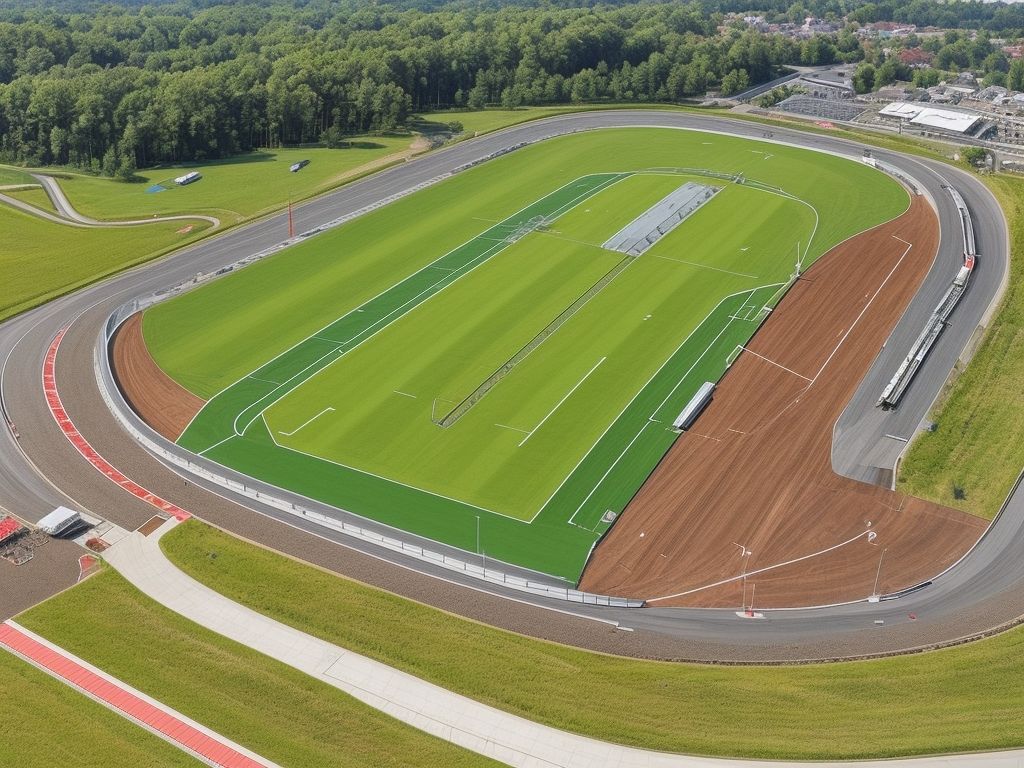
- Expert Track Construction Contractor – Fitzpatrick: Industry Leader in England
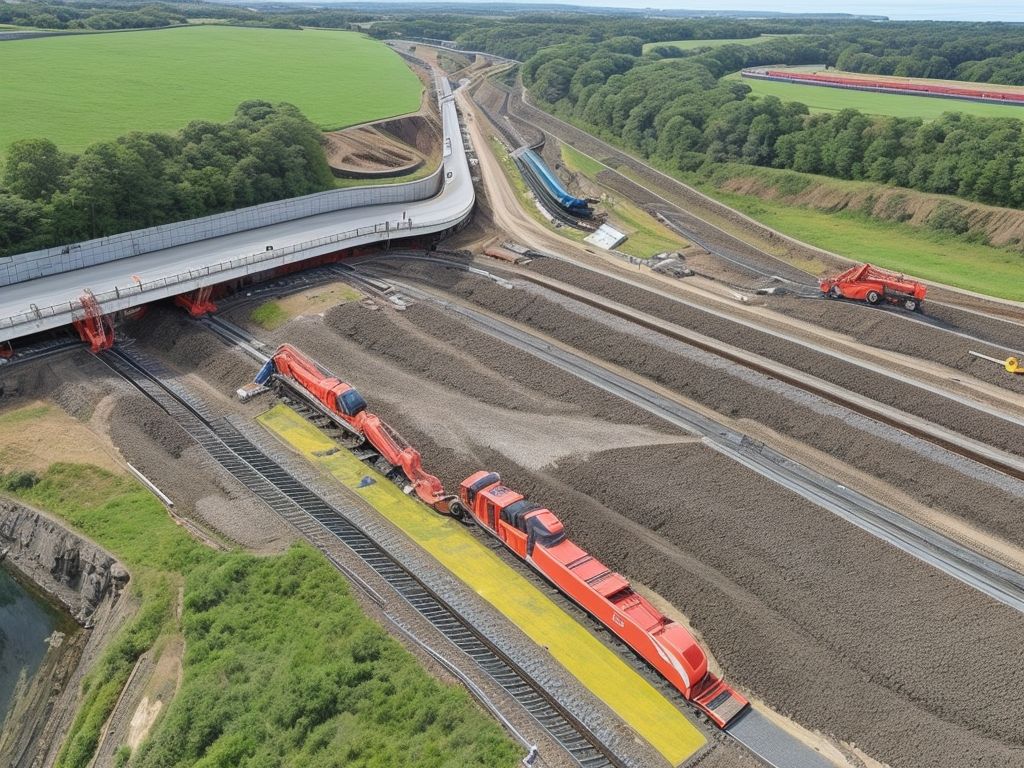
- Expert Track Construction Contractor – Fitzpatrick: Transforming Railways for Efficiency
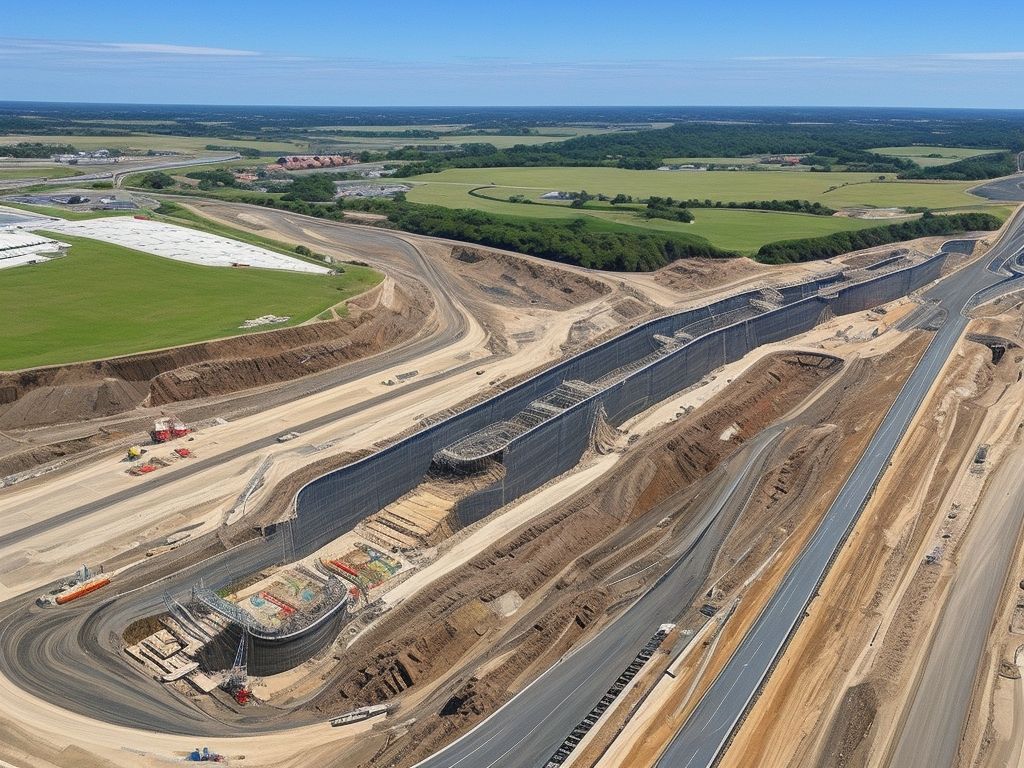
- Expert Track Construction Contractor – H.E. Construction Services Ltd.
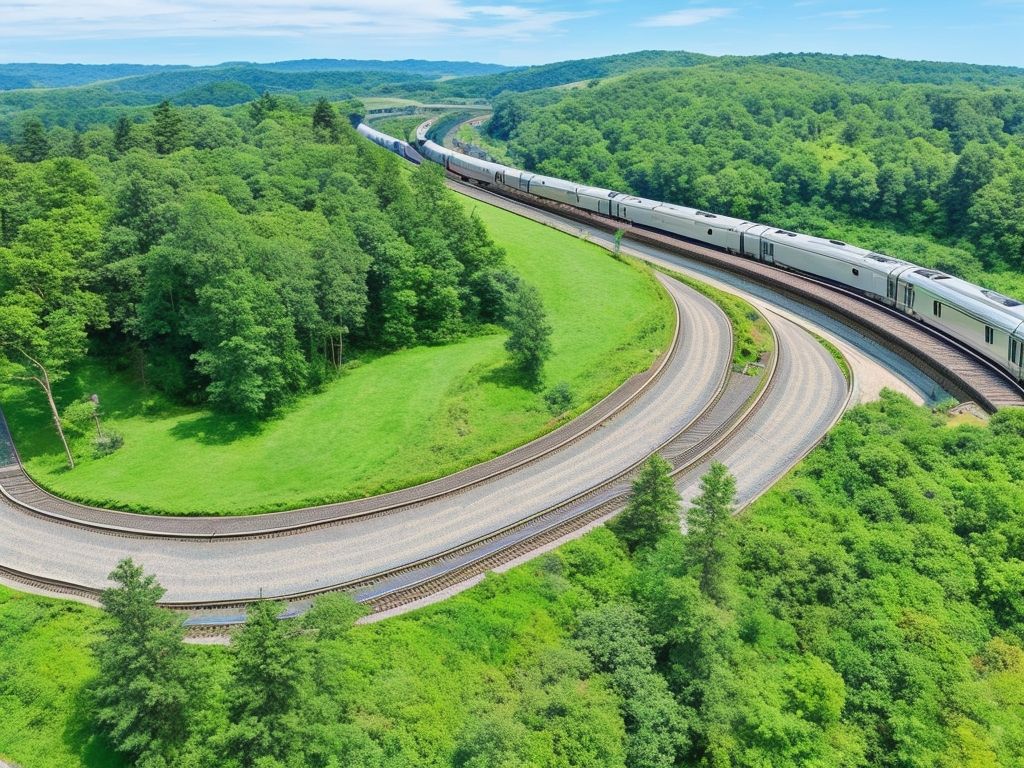
- Expert Track Construction Contractor: H.E. Construction Services Ltd.
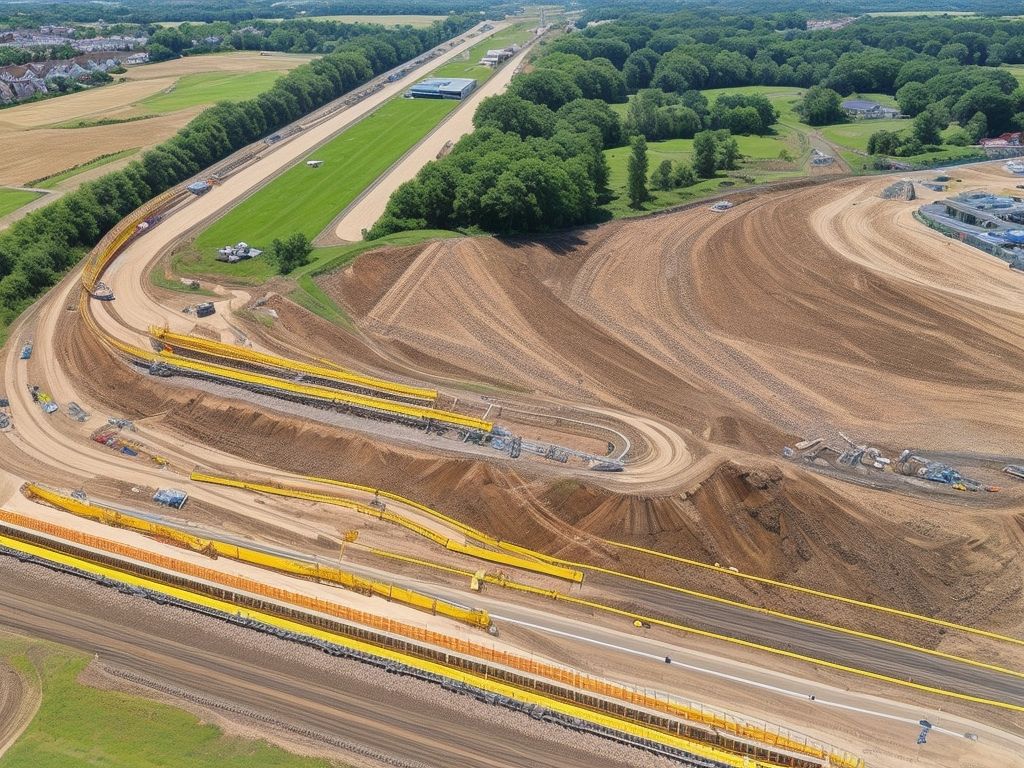
- Fast Track Marketing Strategies to Boost Your Business – Must-Know Efficient Techniques
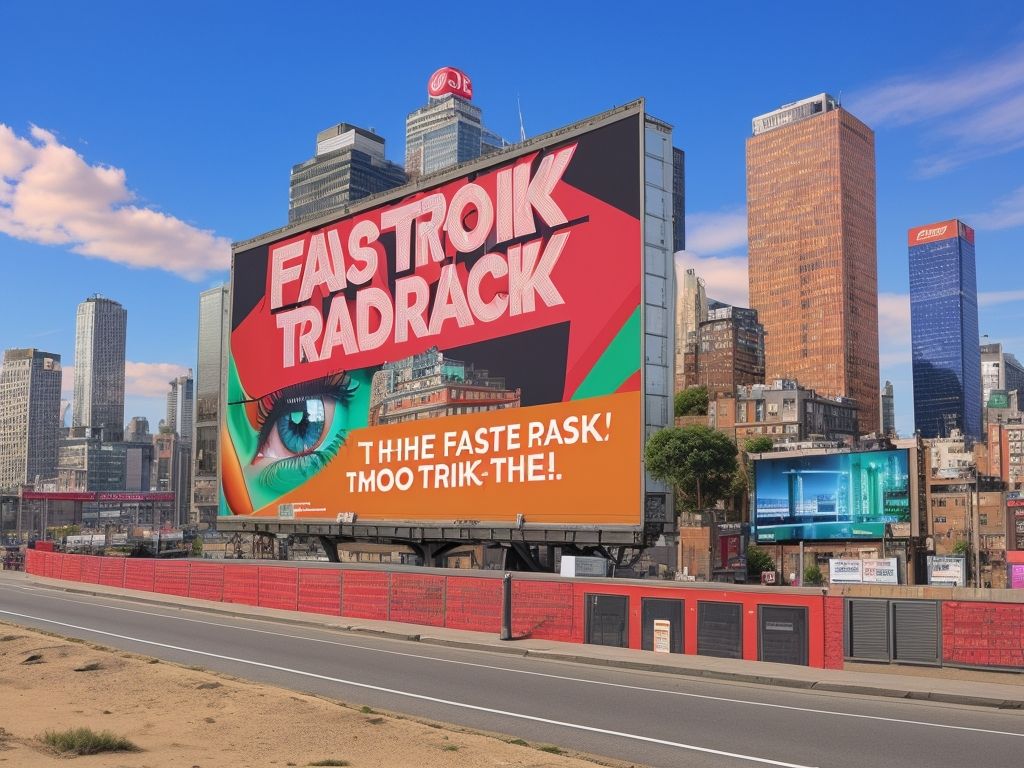
- Fast Track Marketing: Accelerating Success Through Strategic Tactics | EnglishUK

- Improve Timekeeping with Contarnex Europe Limited’s Timing Clocks – EnglishUK Language
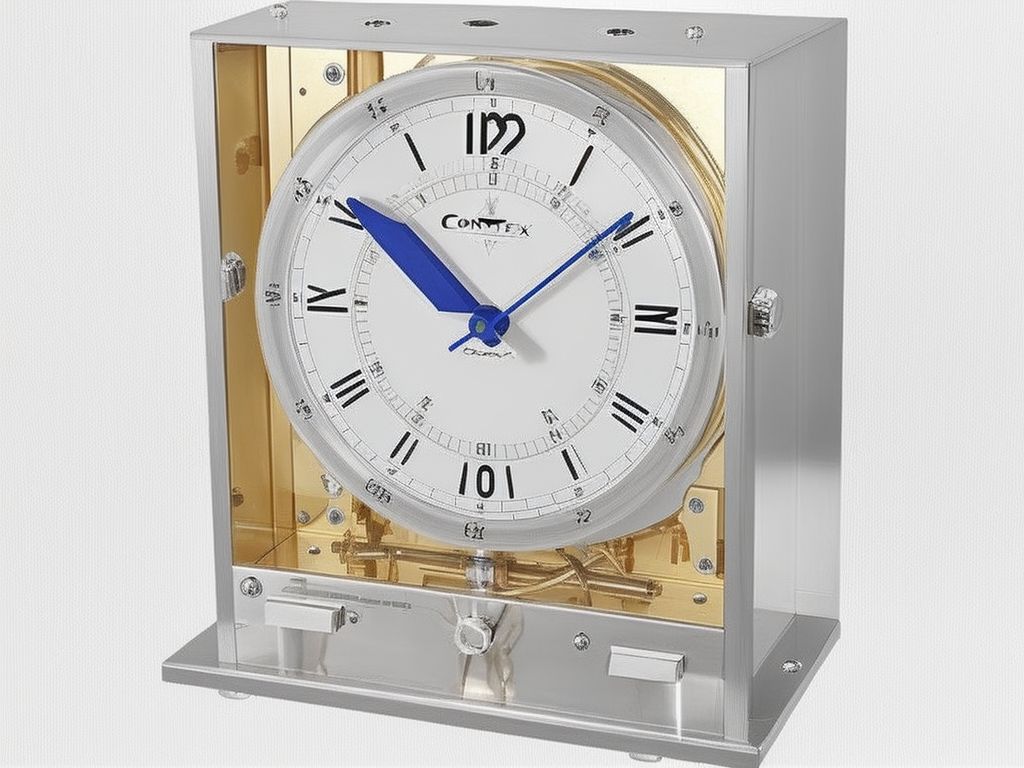
- Mastering Computomarx: Smarter Track Marking Calculations for Engineers | EnglishUK
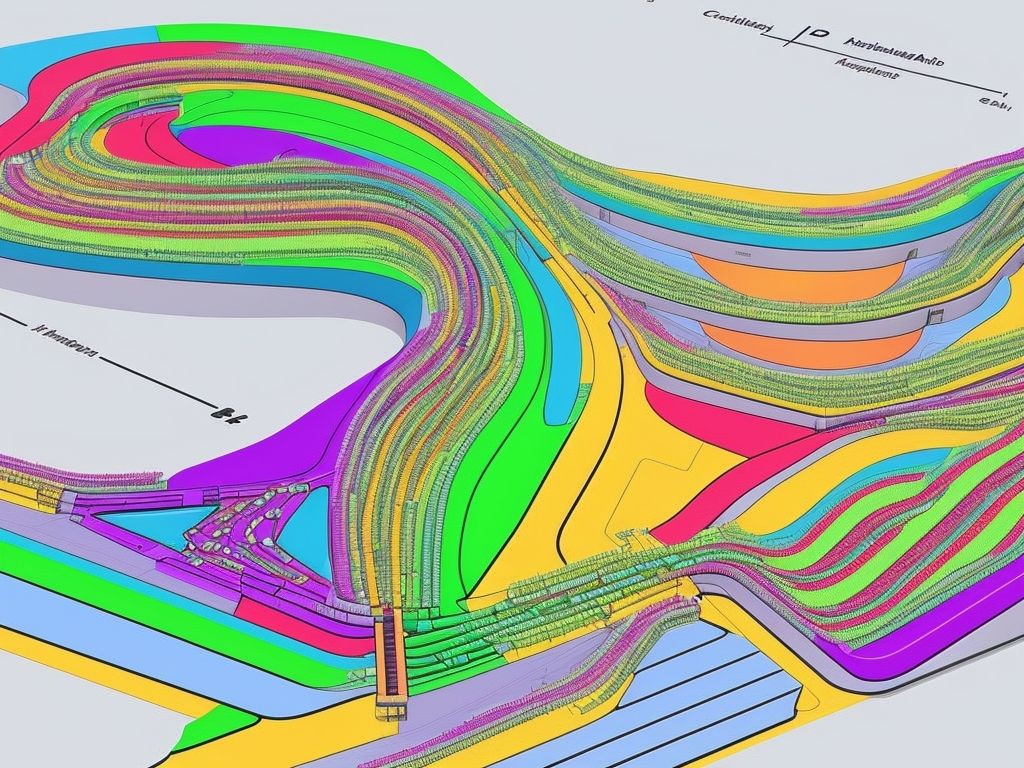
- Protect Your Sport Equipment with High-Quality Covers – Covers 4 Sport
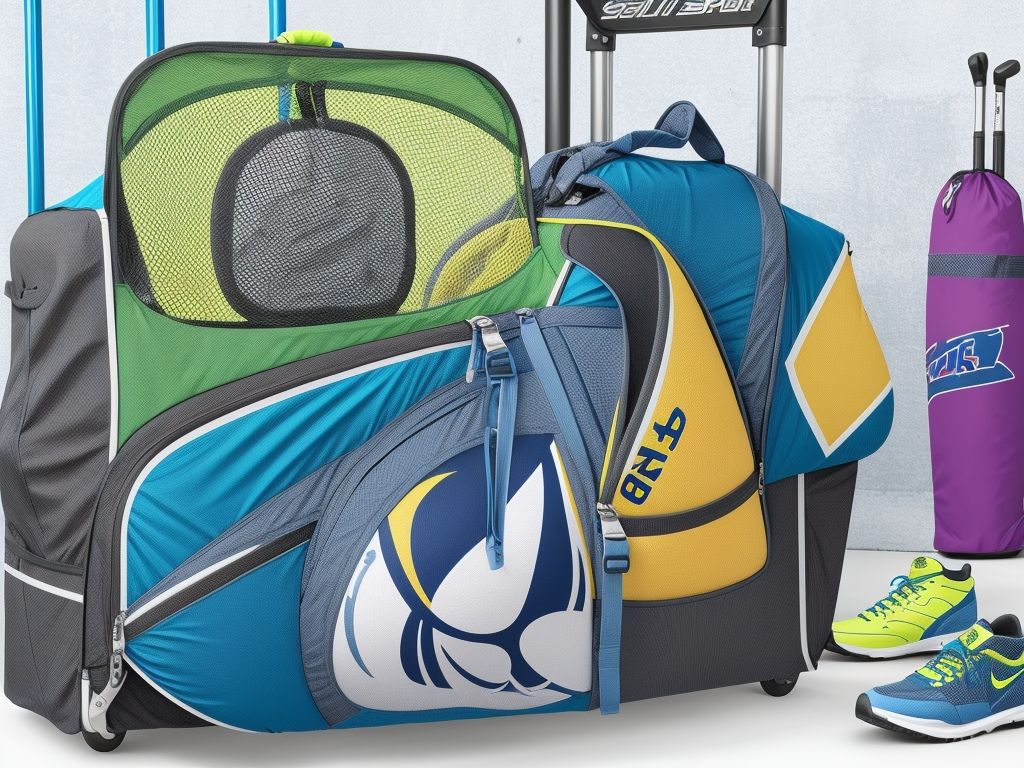
- Protect Your Sports Equipment with High-Quality Covers | Covers 4 Sport UK
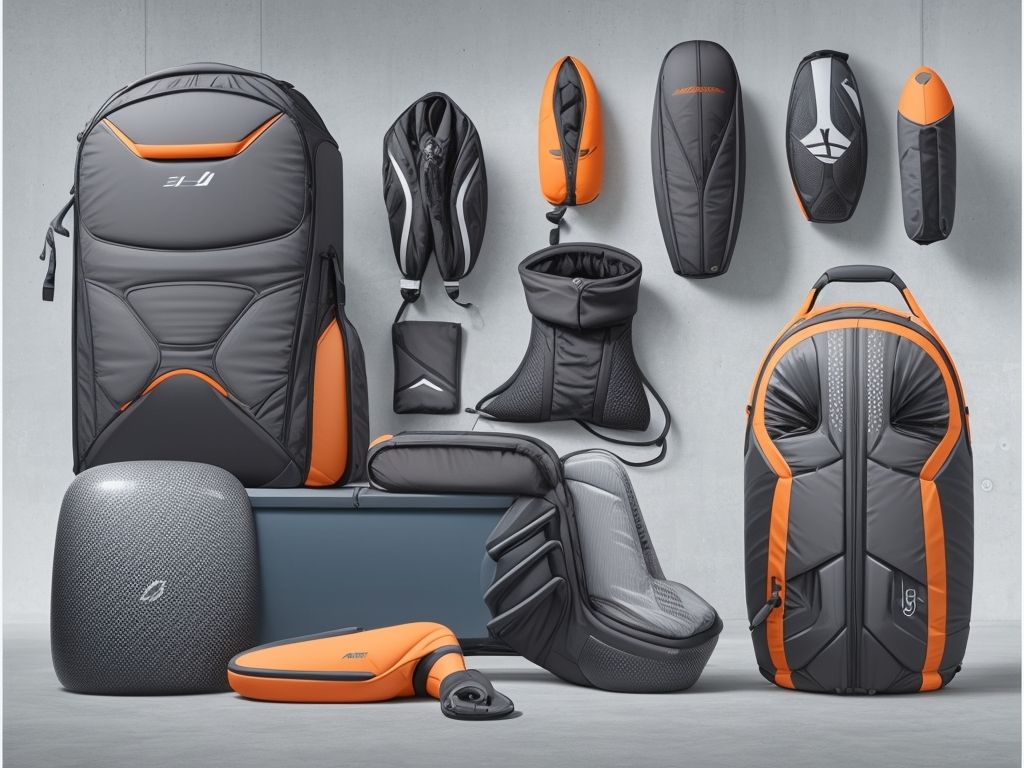
- The Ultimate Guide to Fox Sports Surfaces: Track Construction & Maintenance
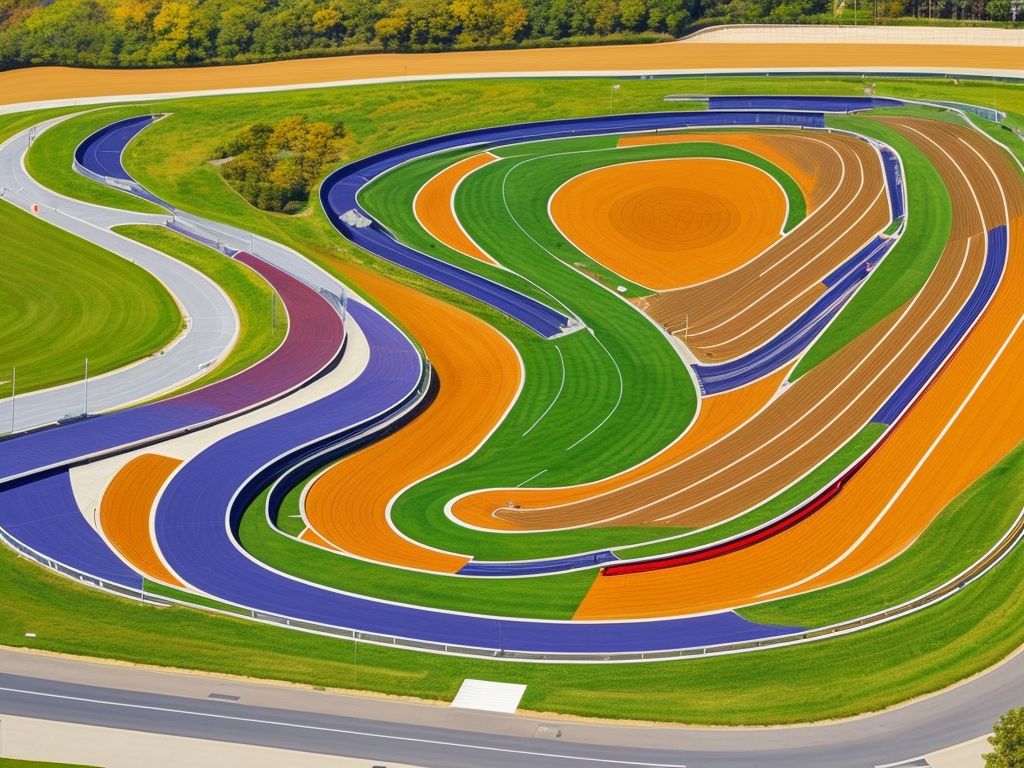
- Track Construction Experts – Bernhard’s Sport Surfaces Limited
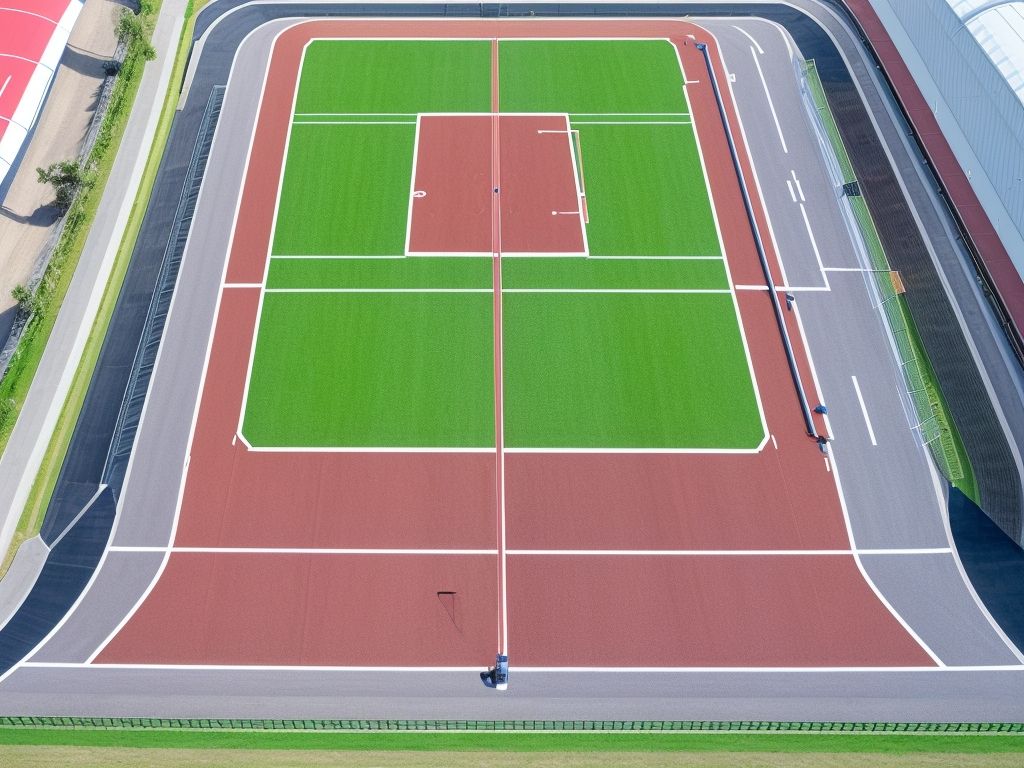
- Track Construction Services by Charles Lawrence Surfaces plc | UK’s Leading Provider
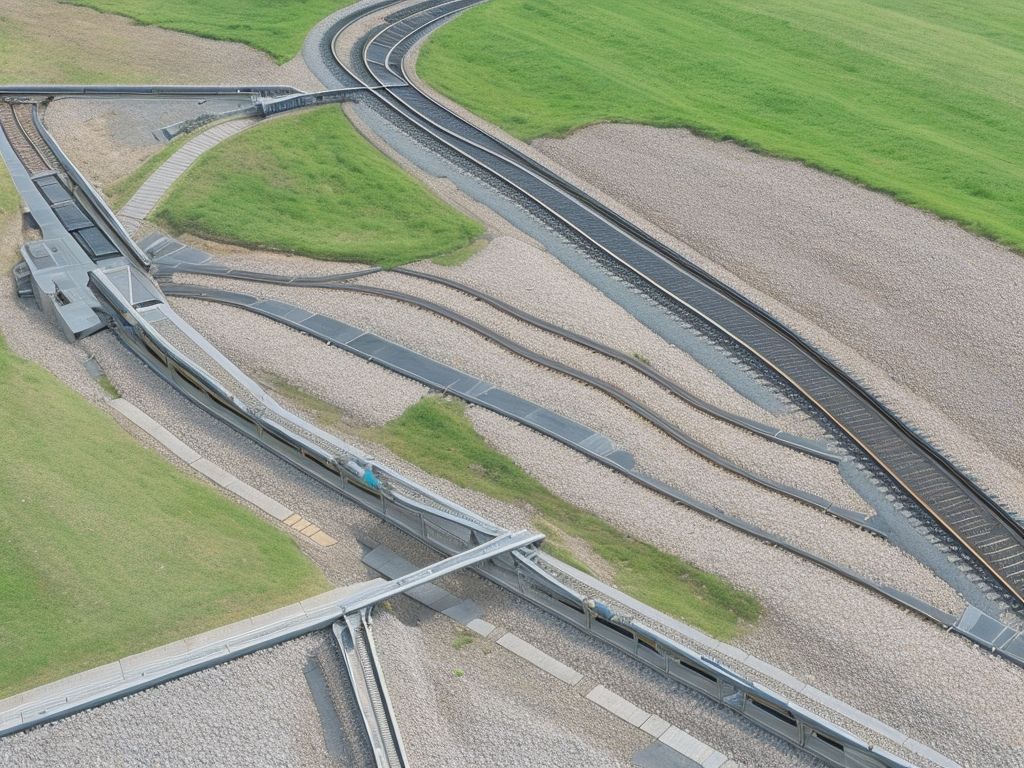
- Track Marking Services by Athletic Markings Limited – Improve Athletic Performance
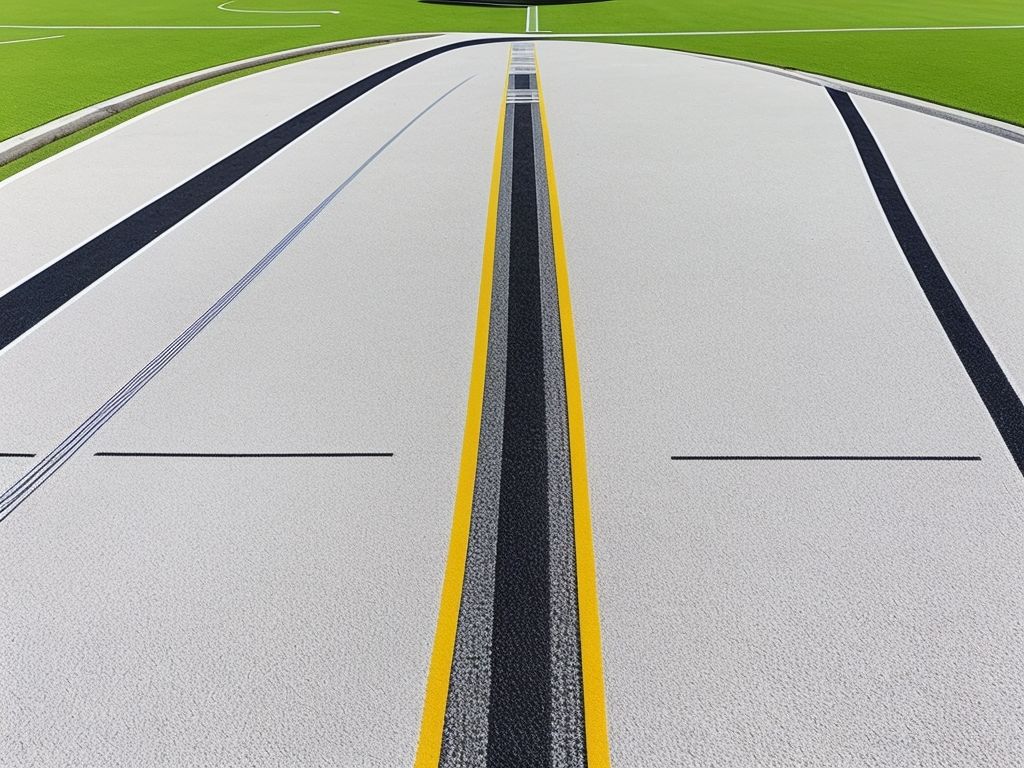
- Transform Your Track Construction with Charles Lawrence Surfaces plc
